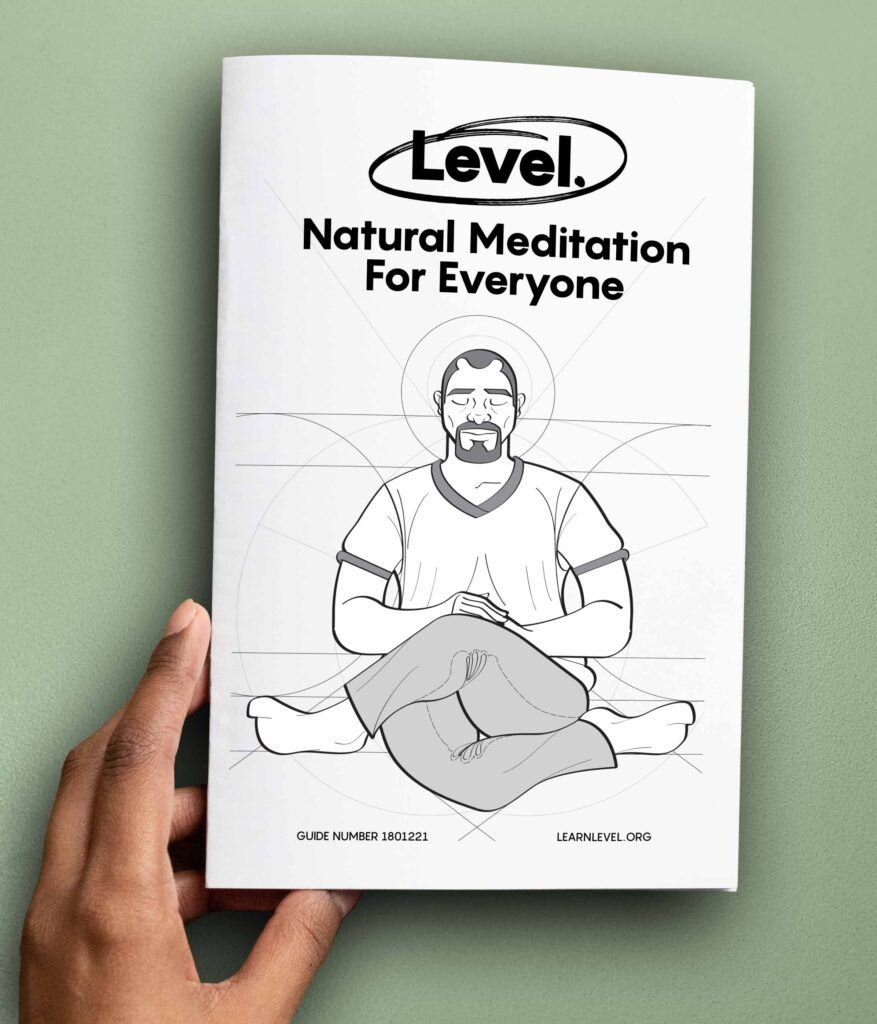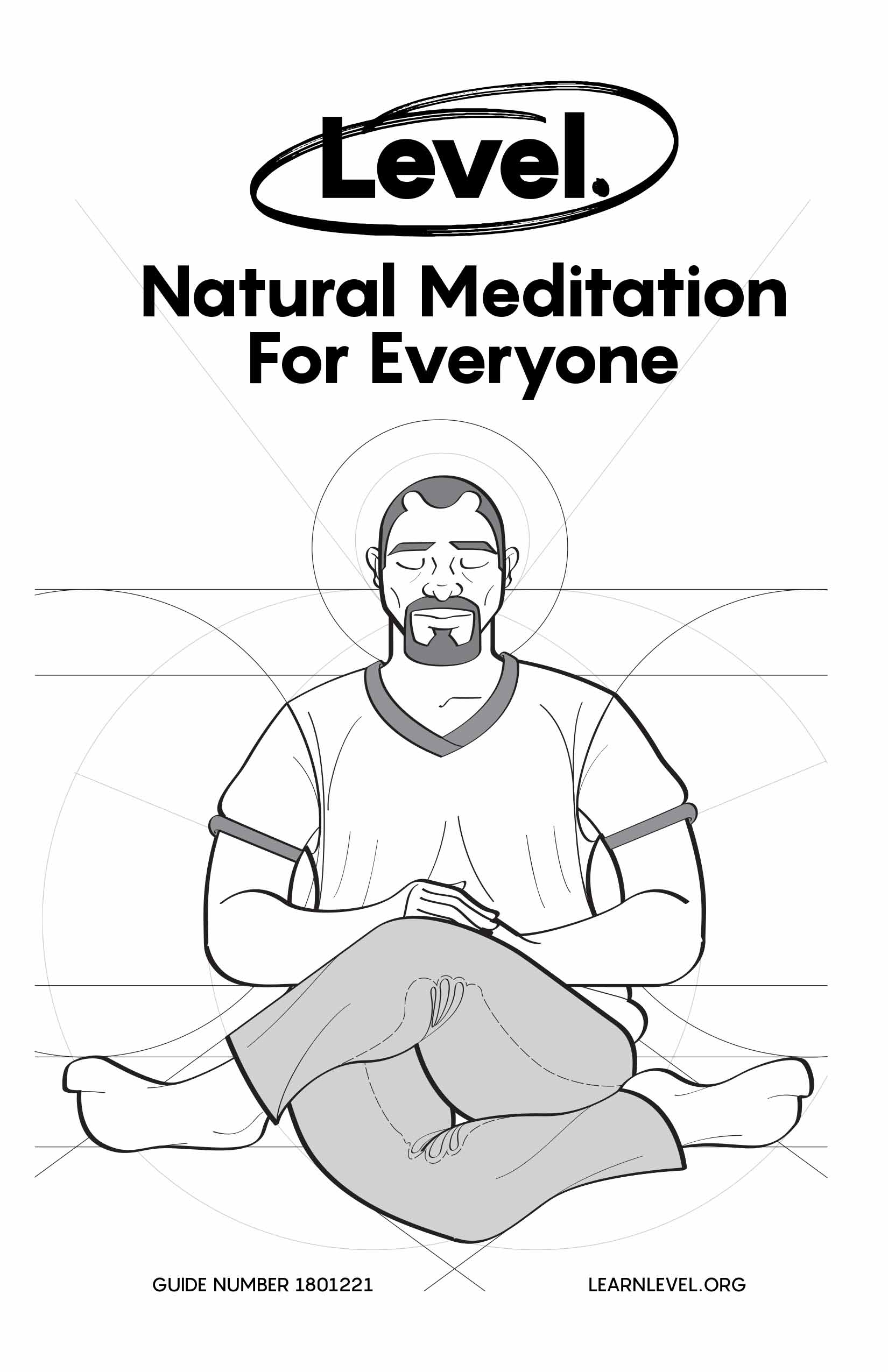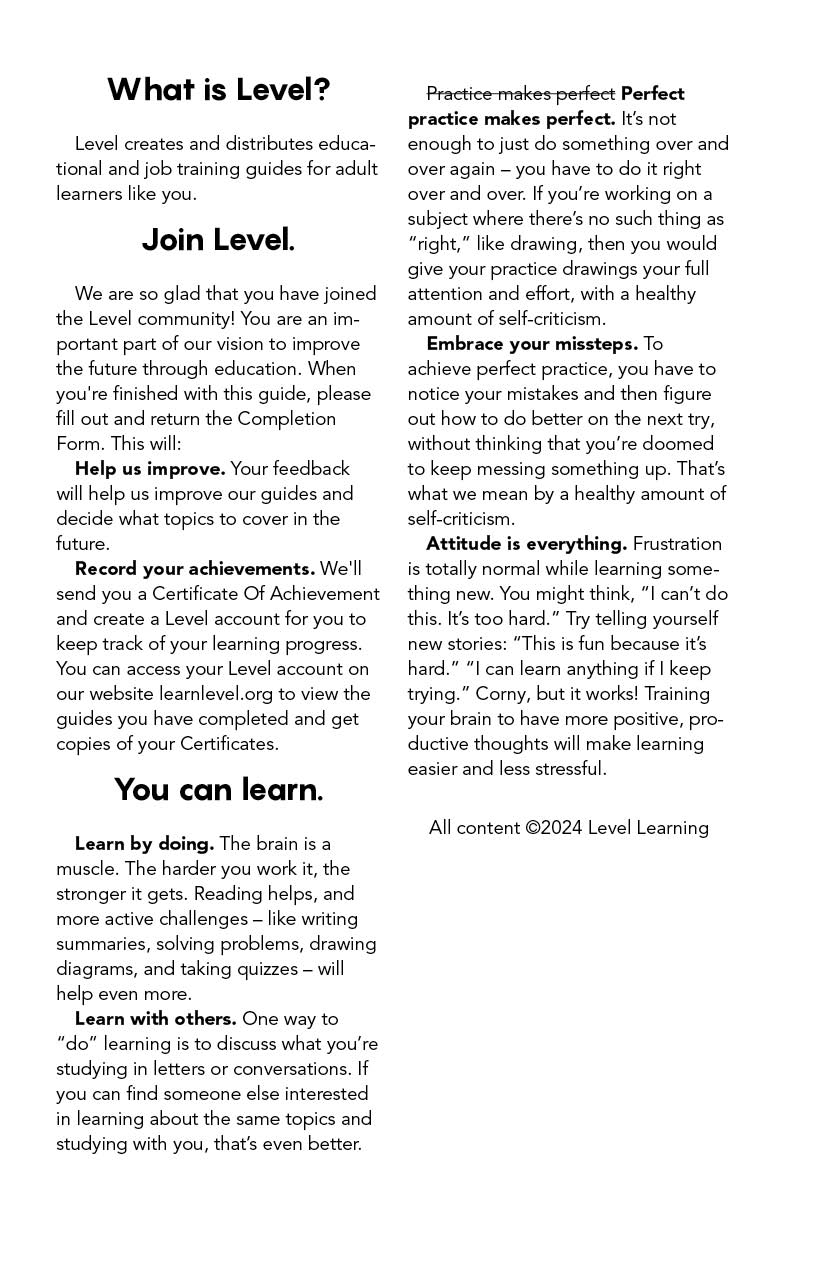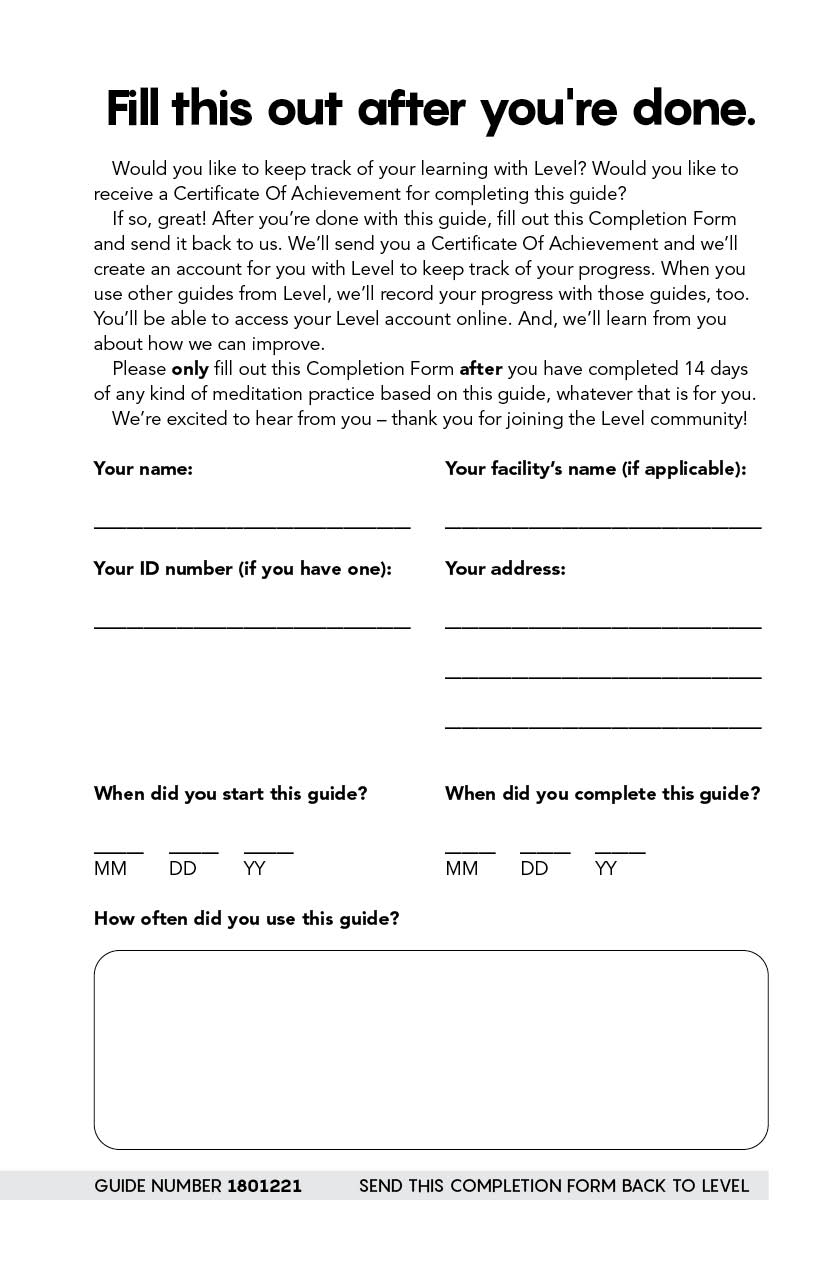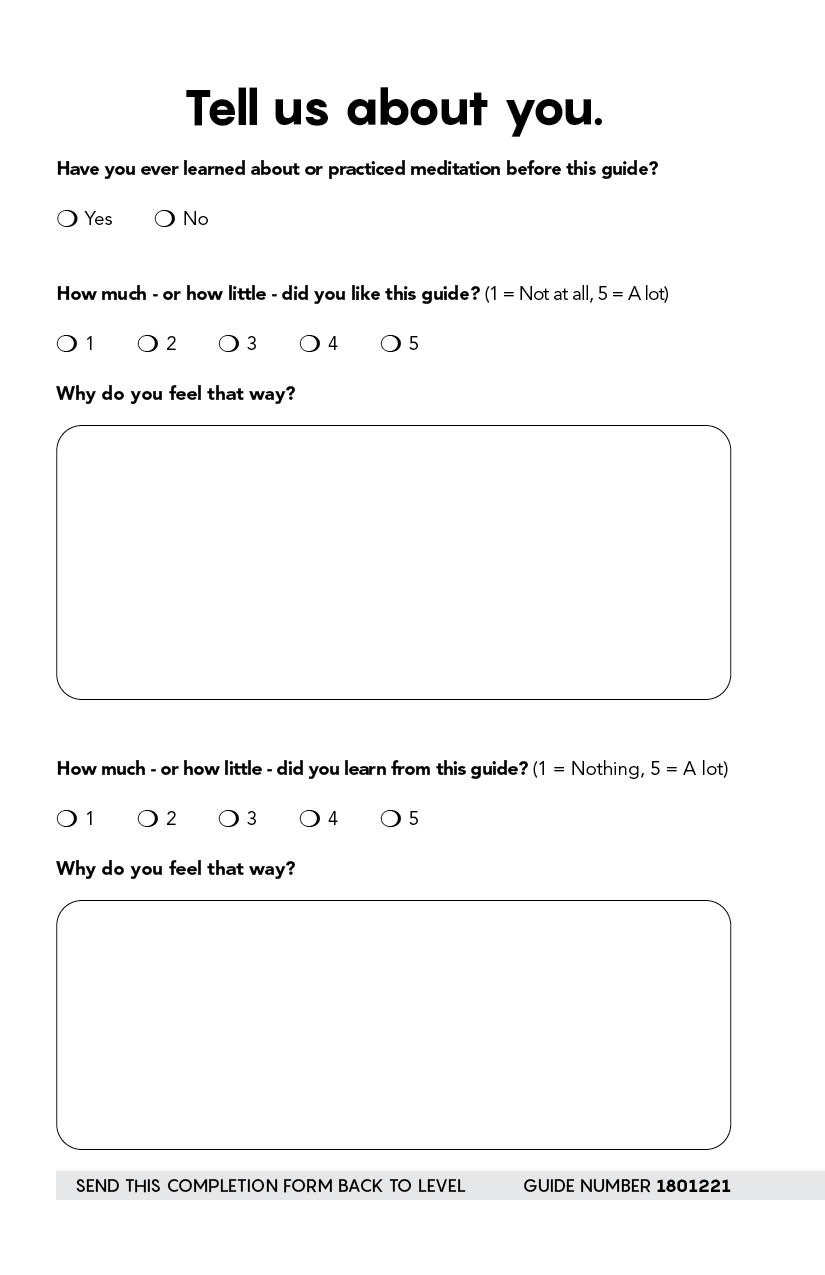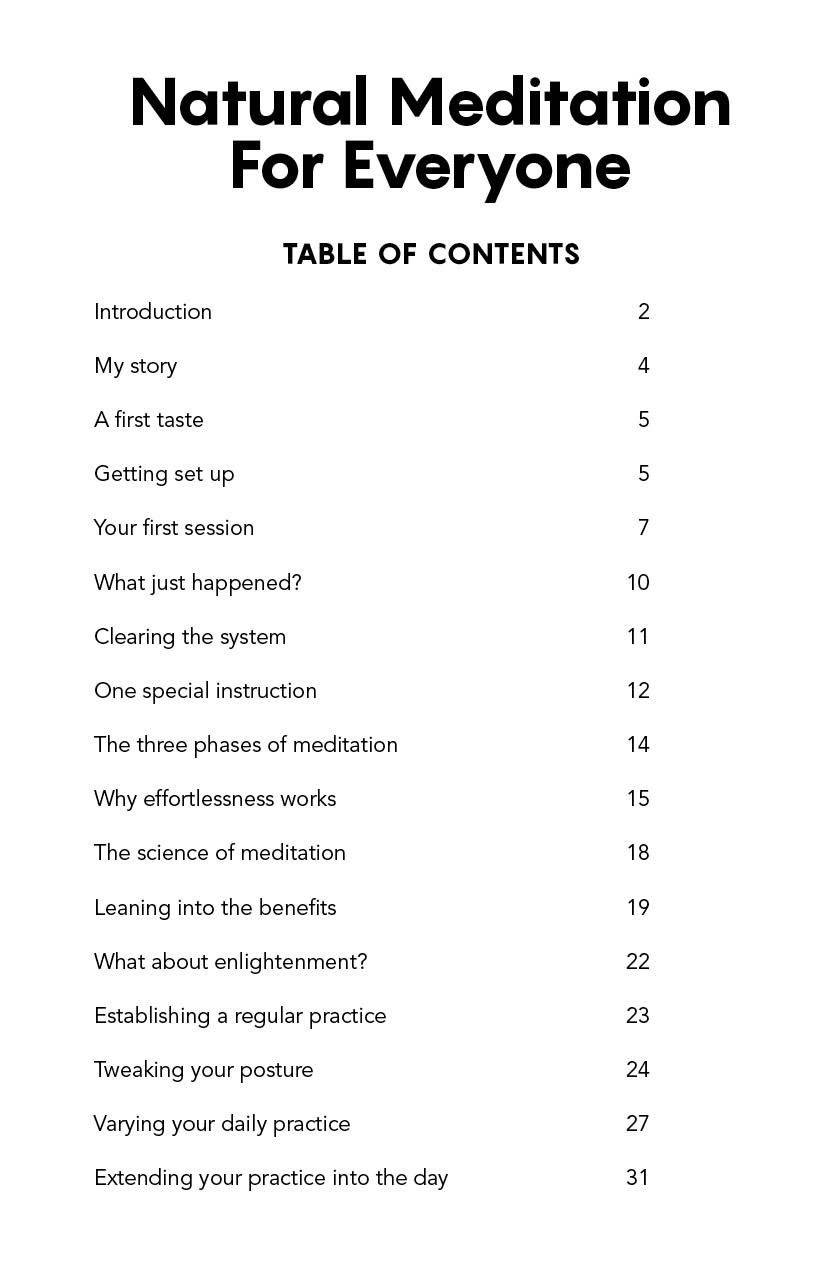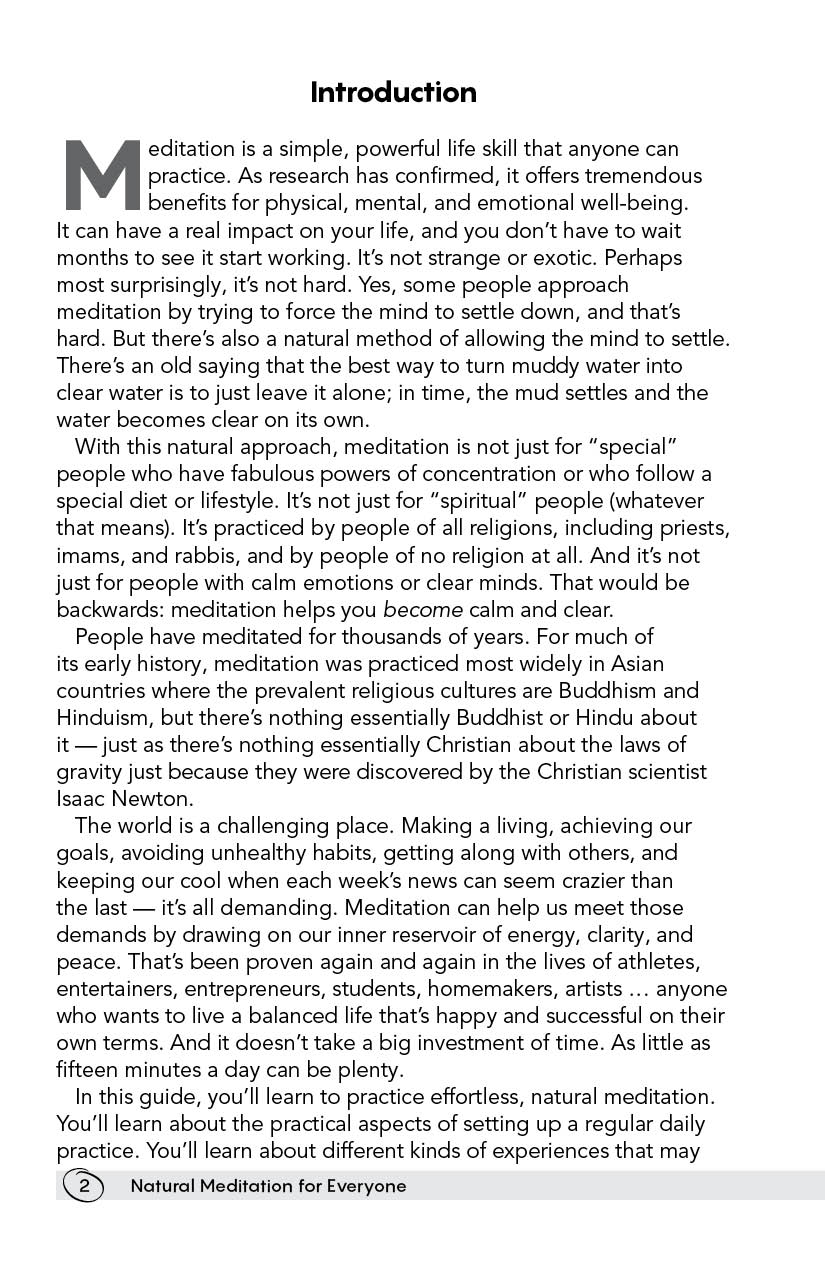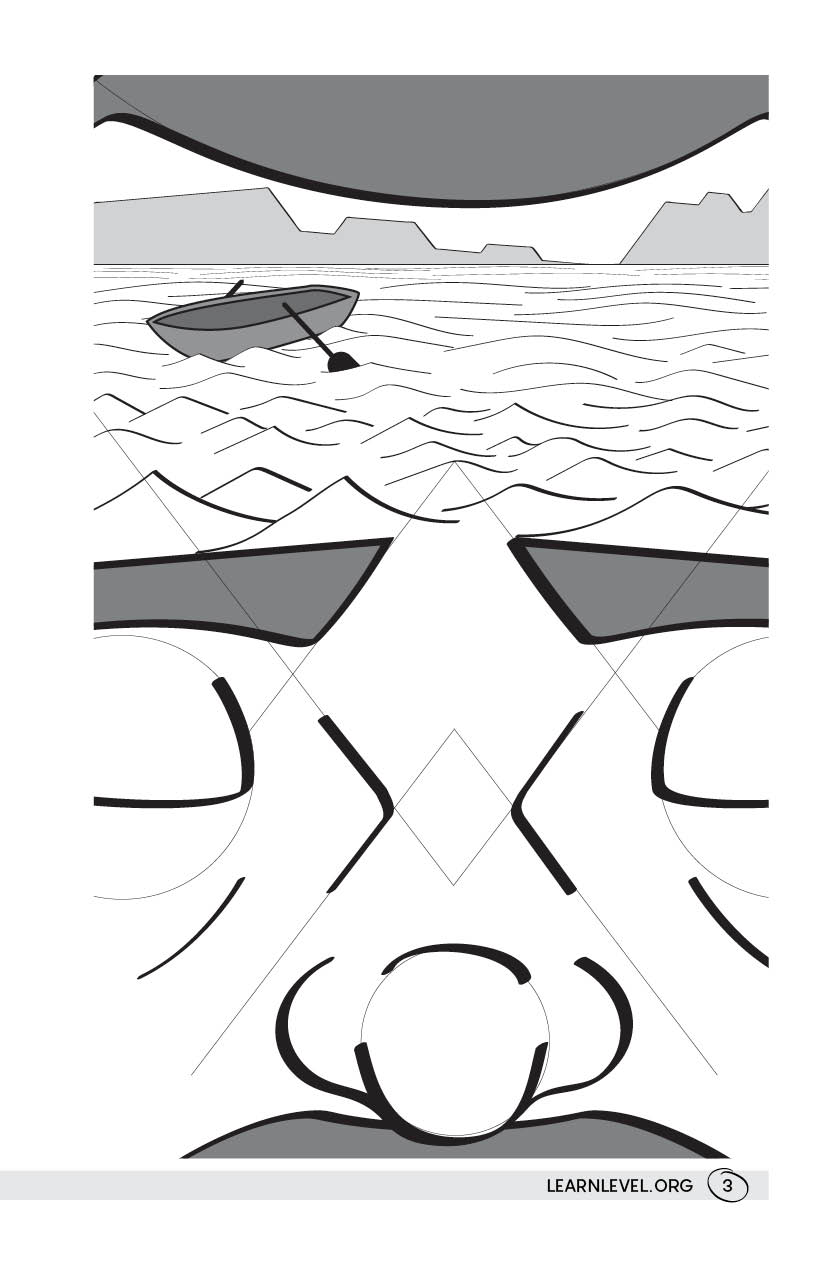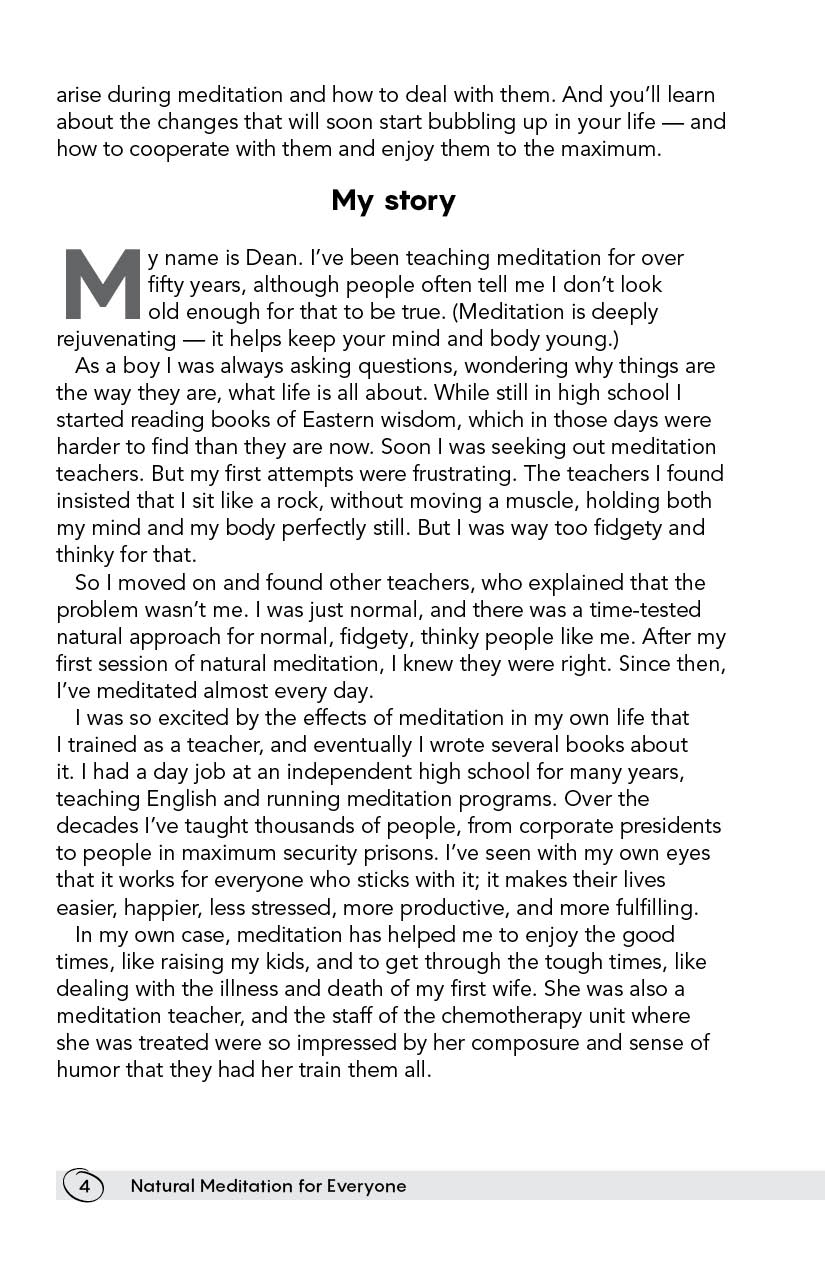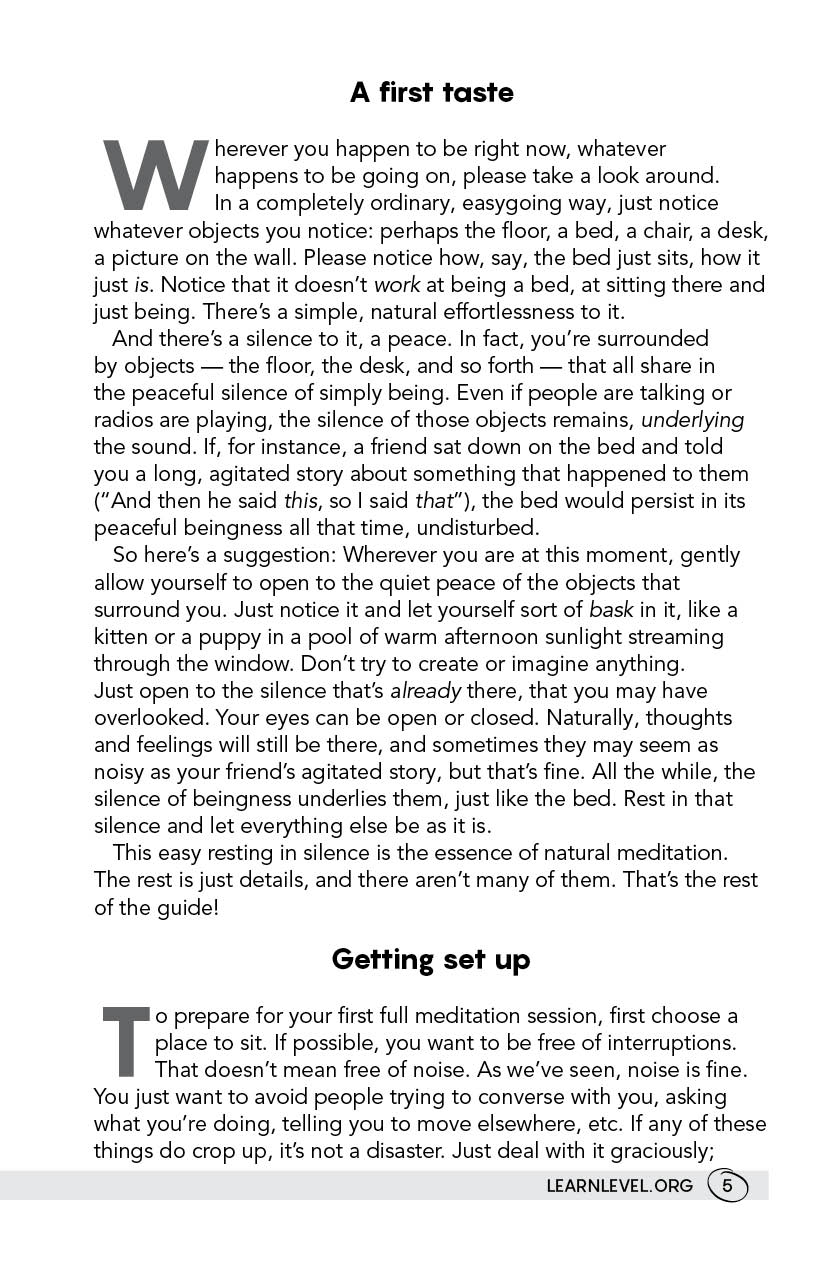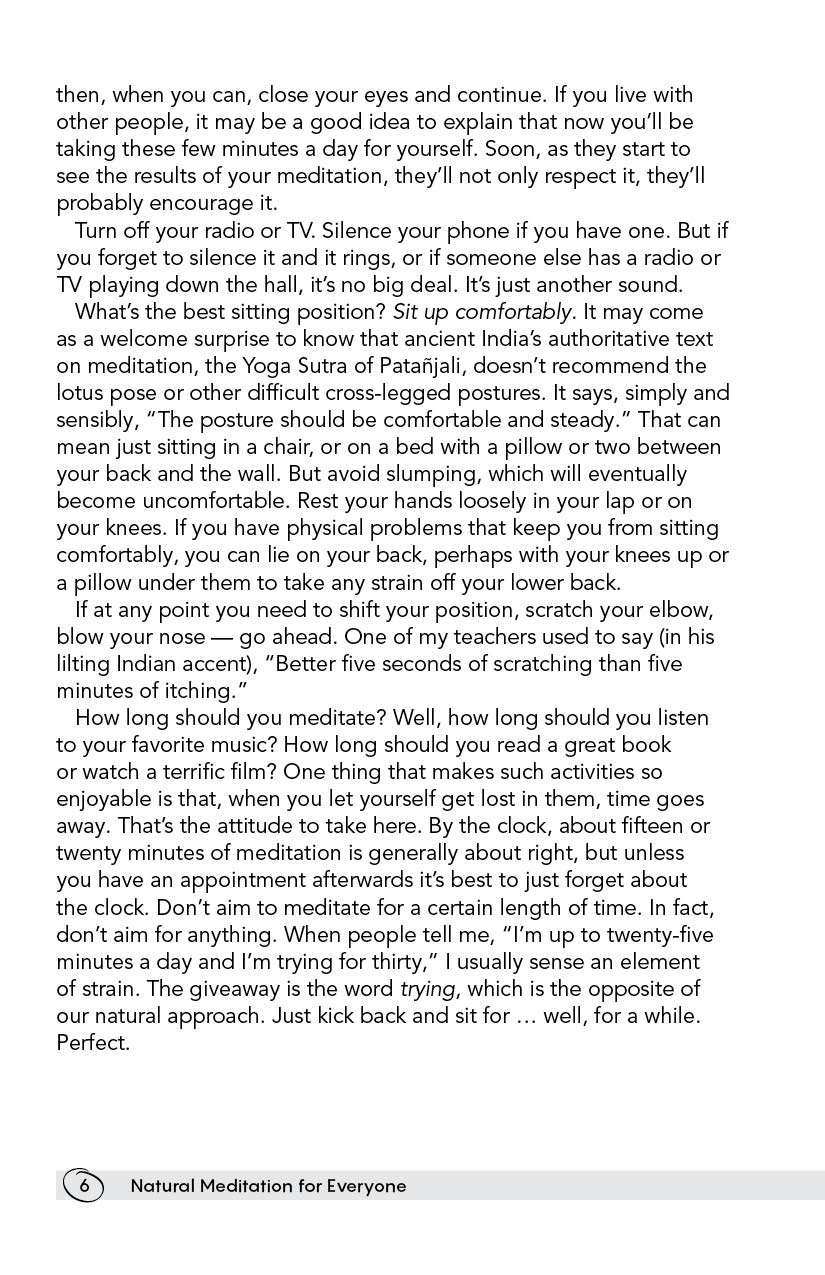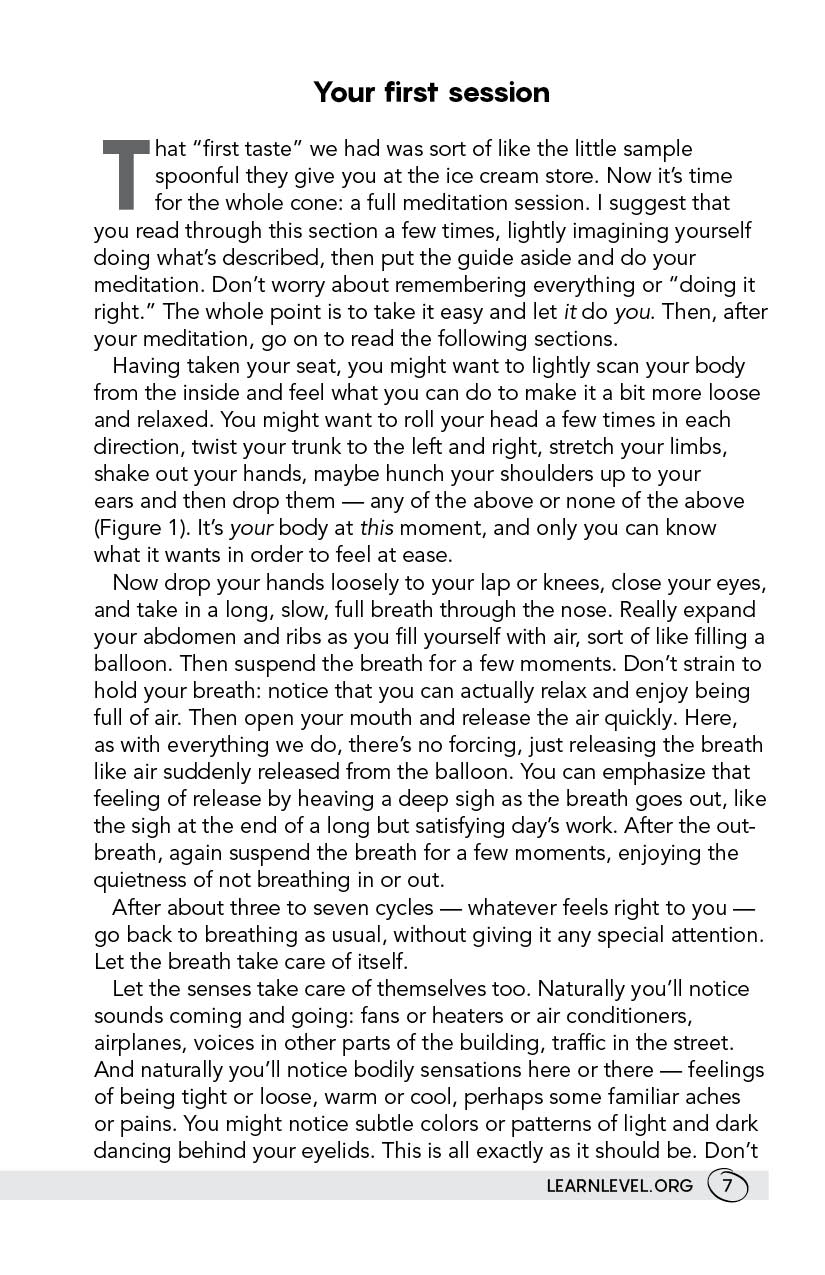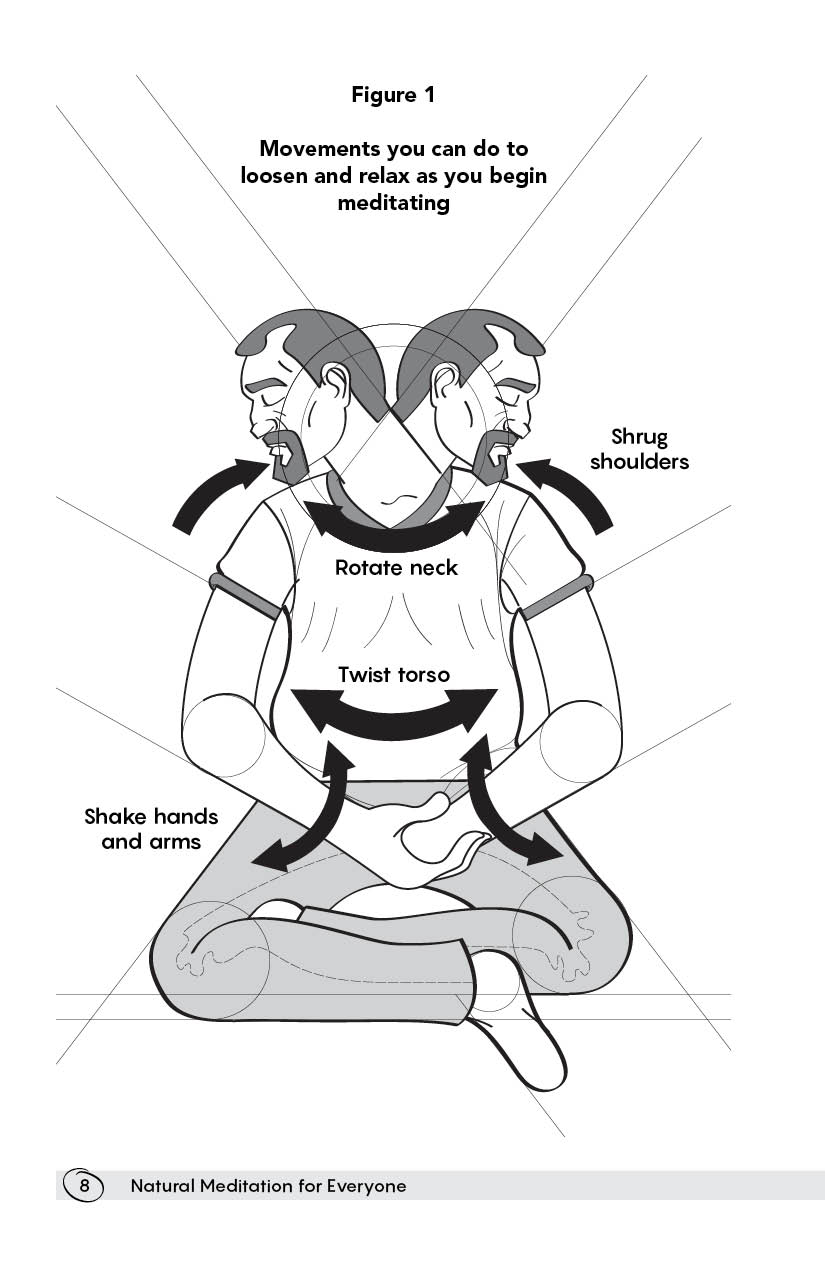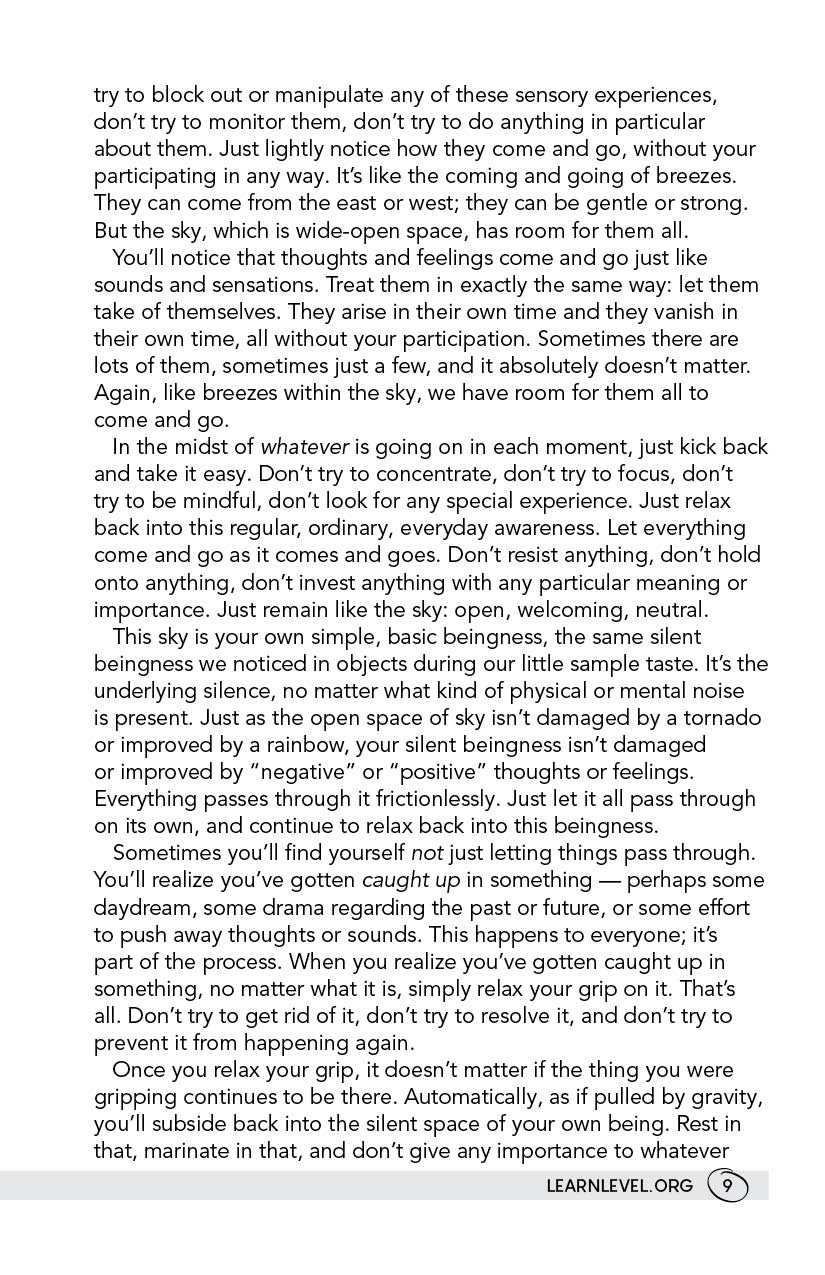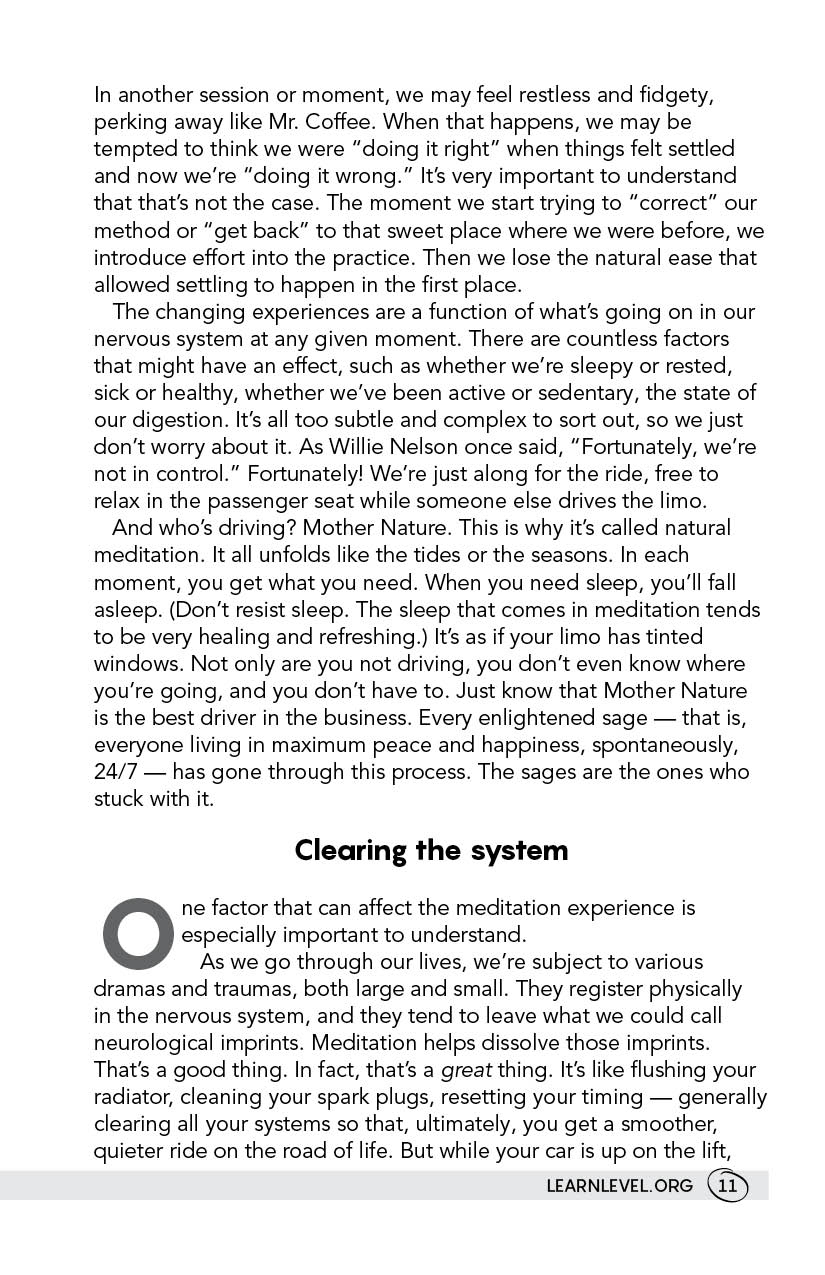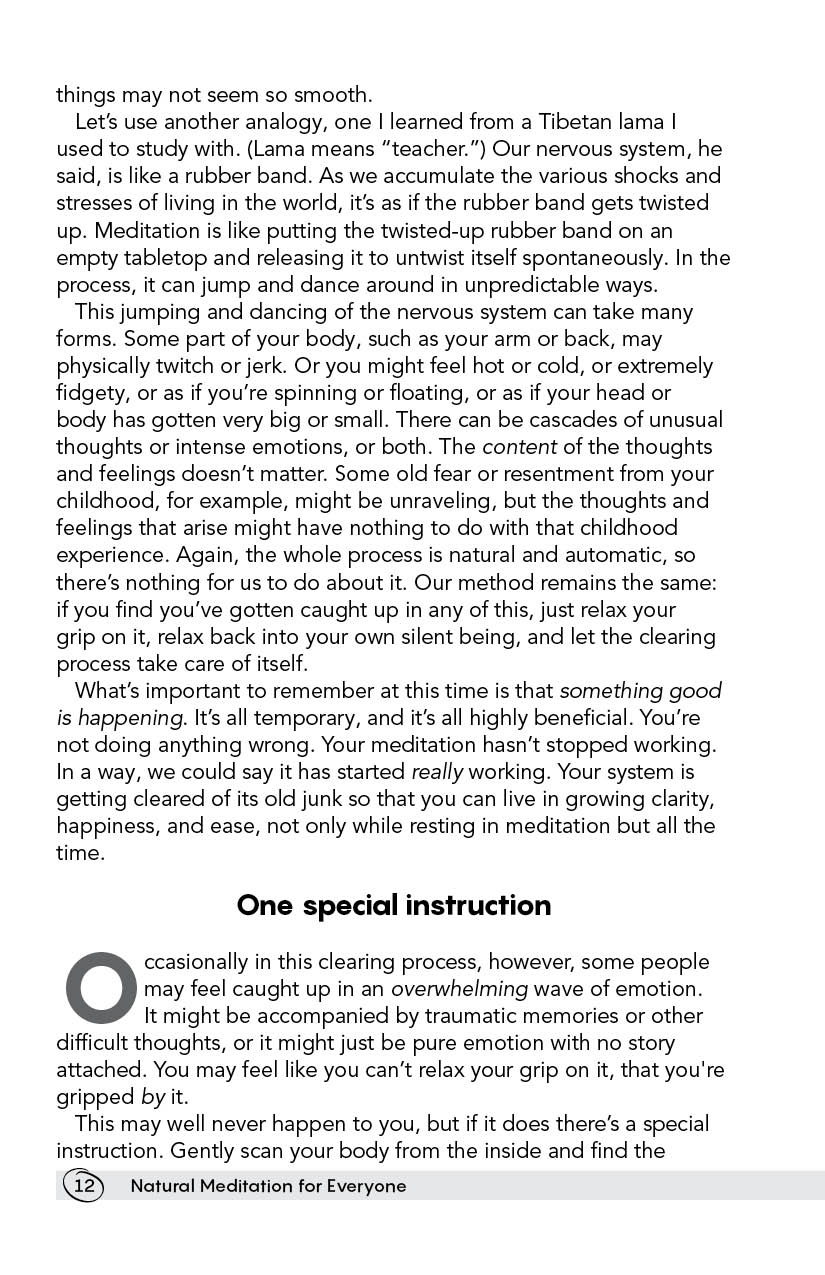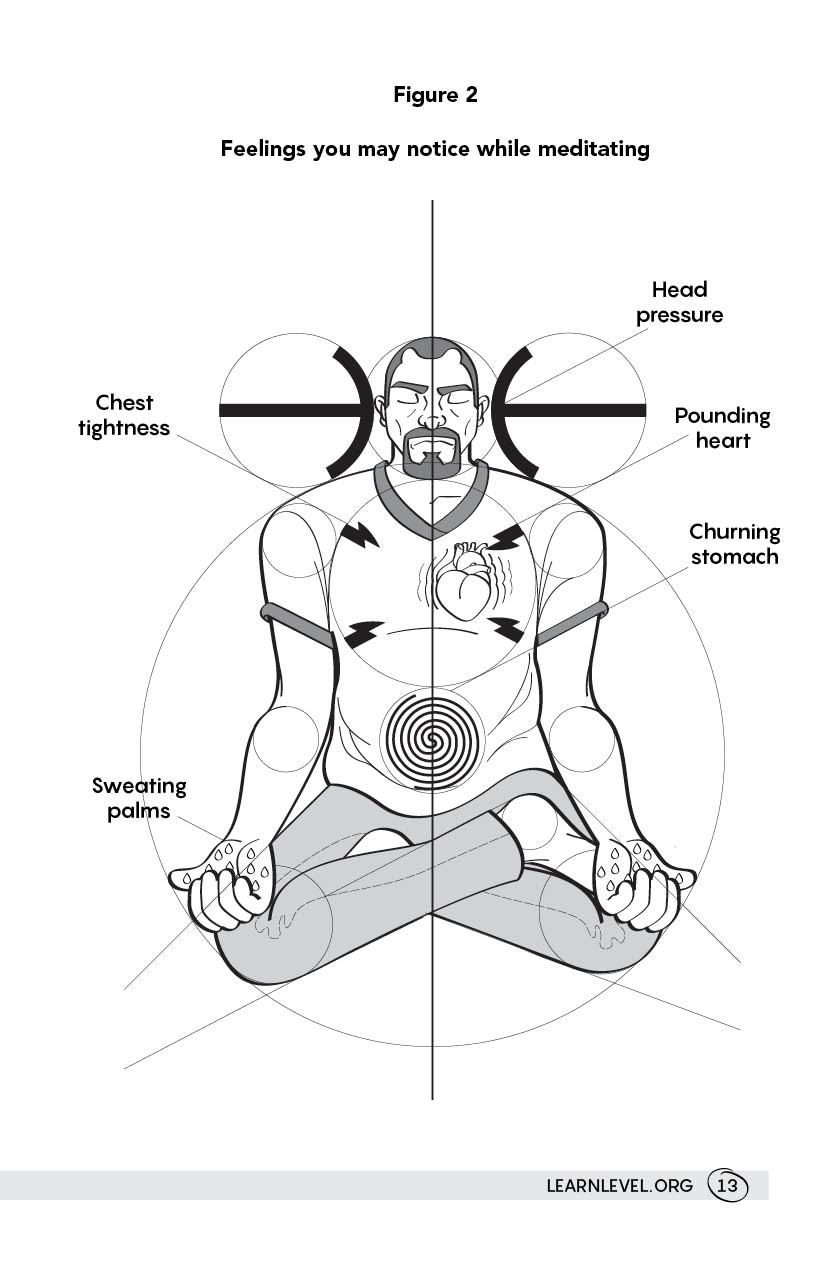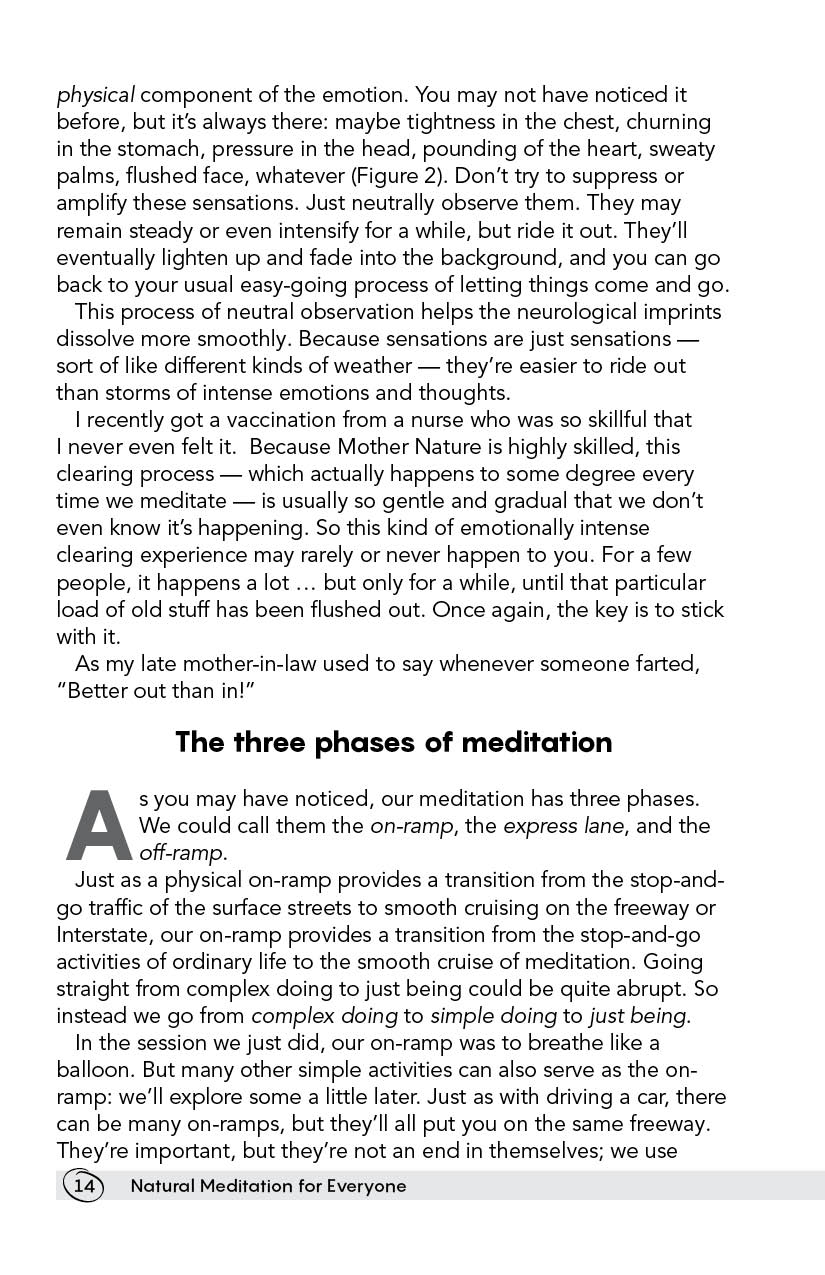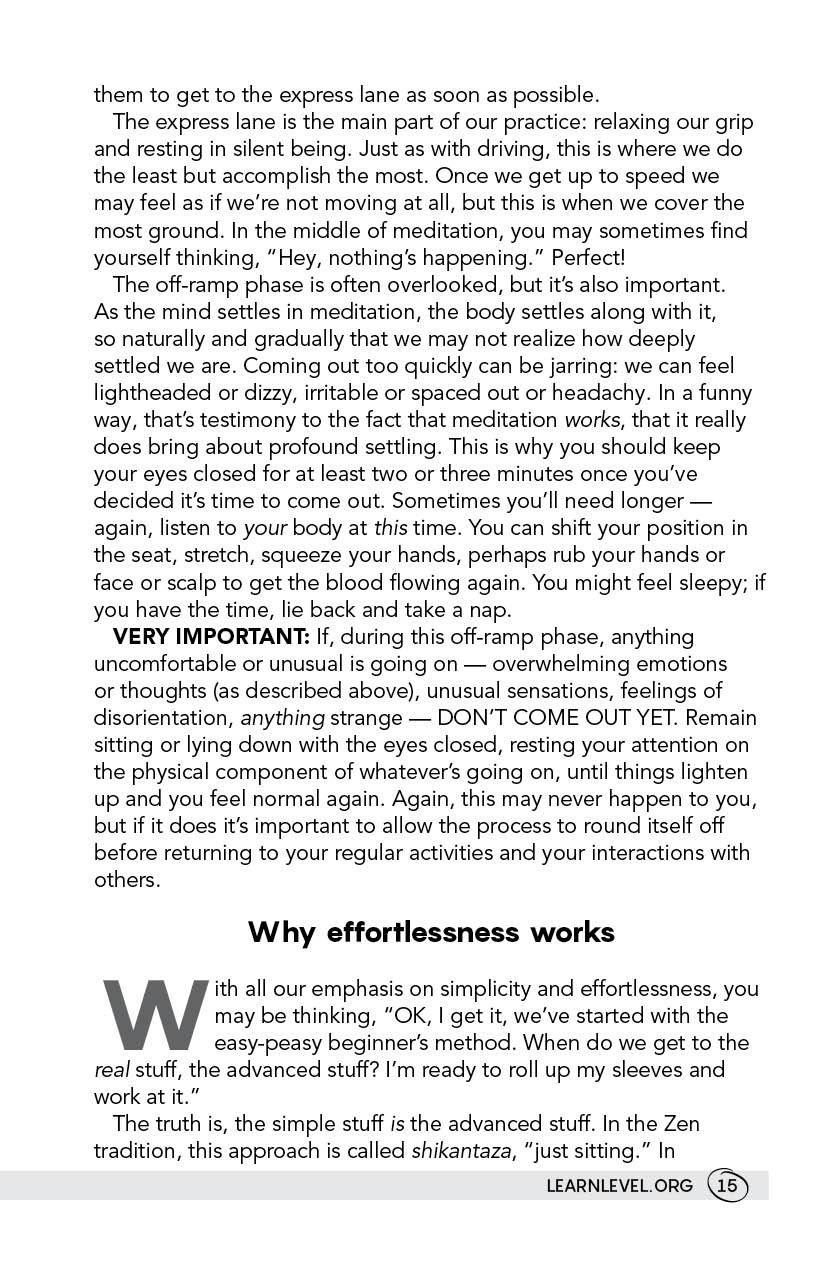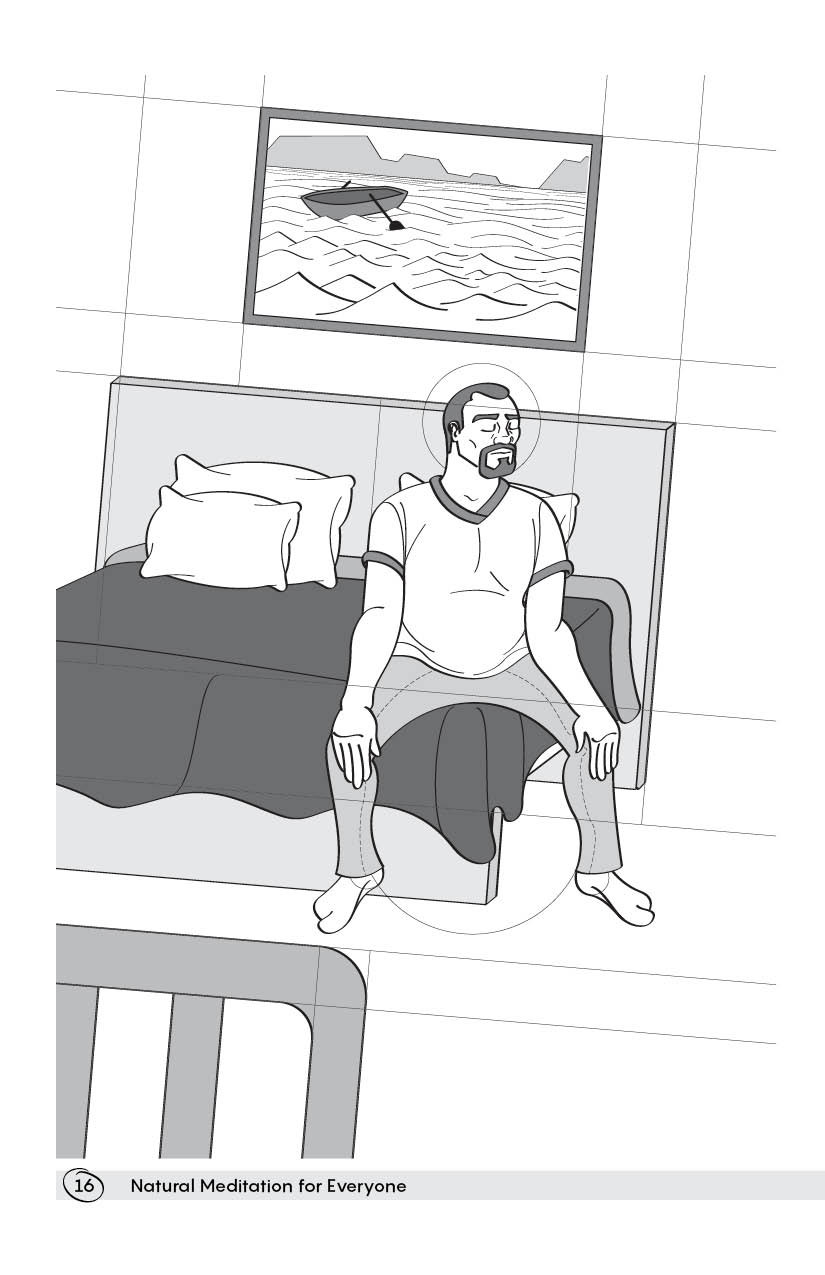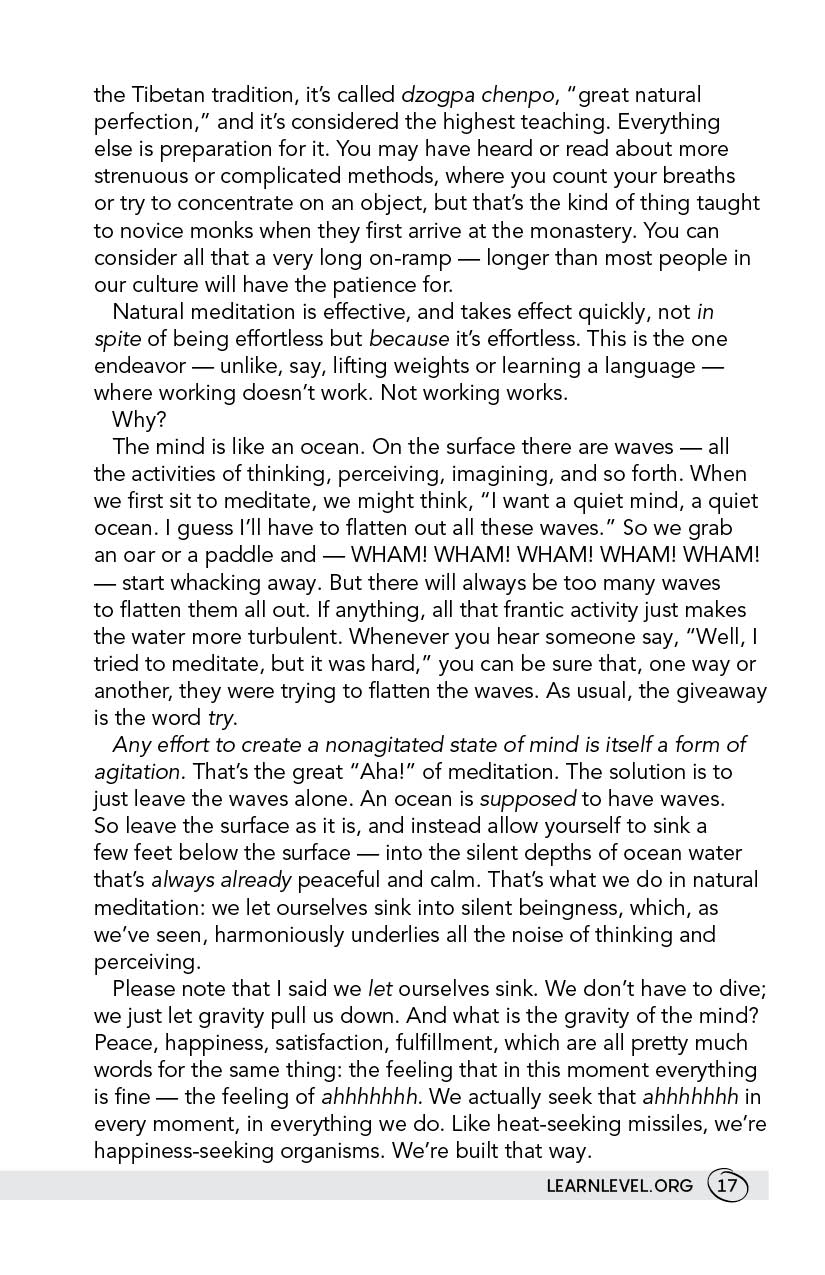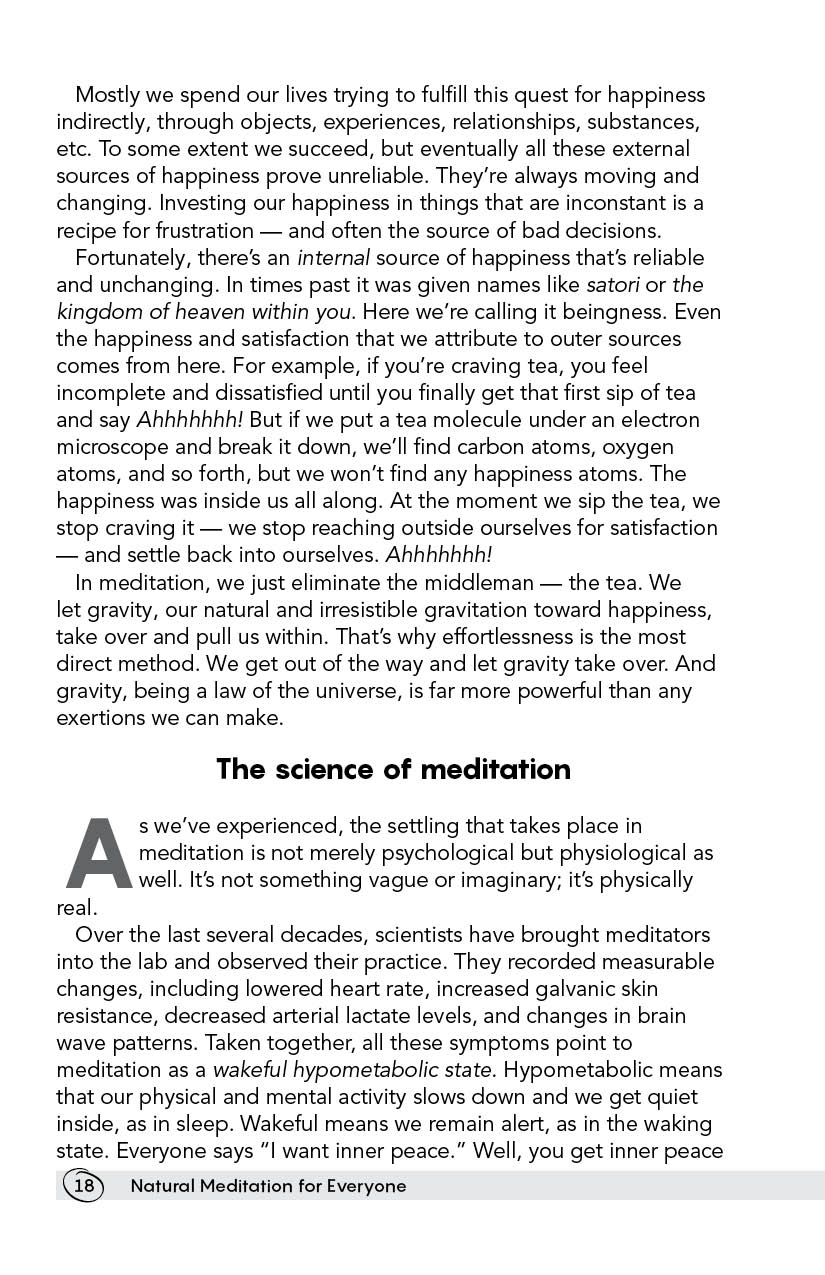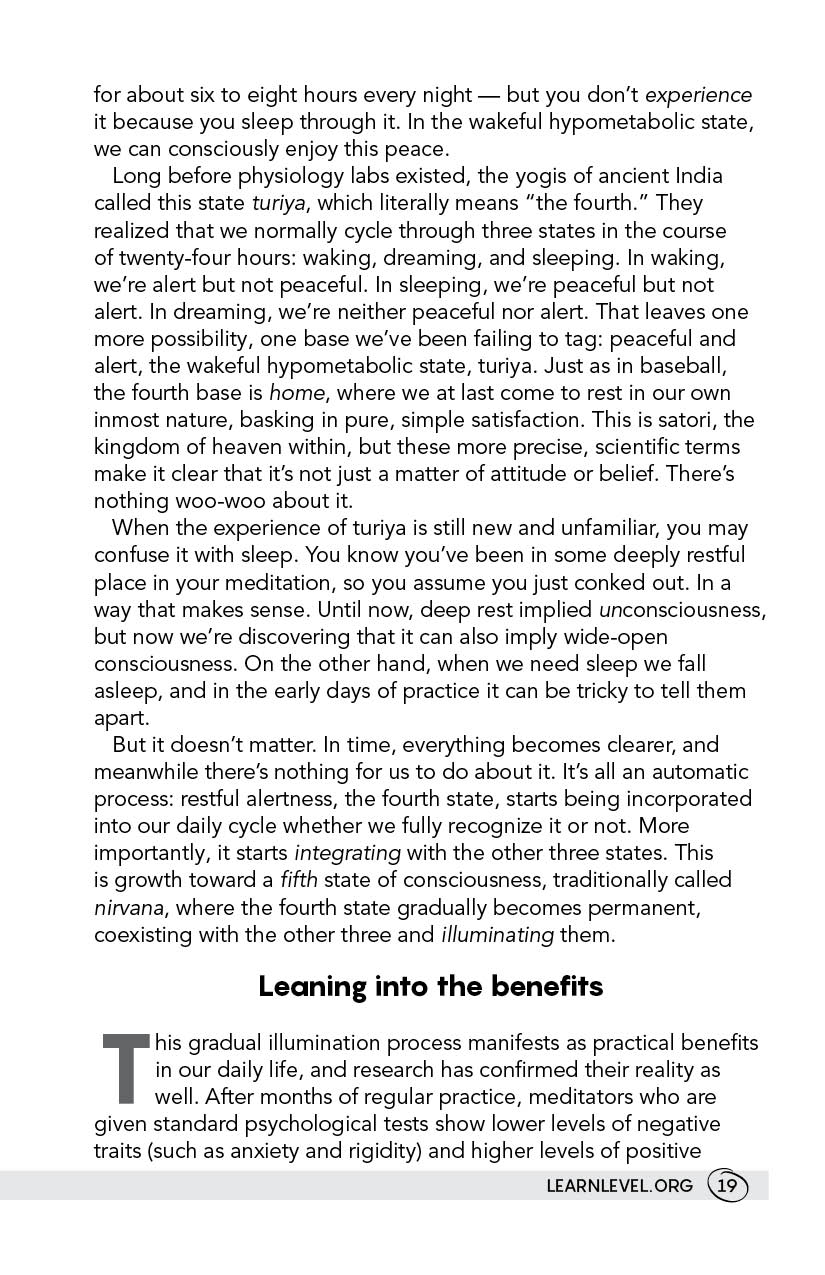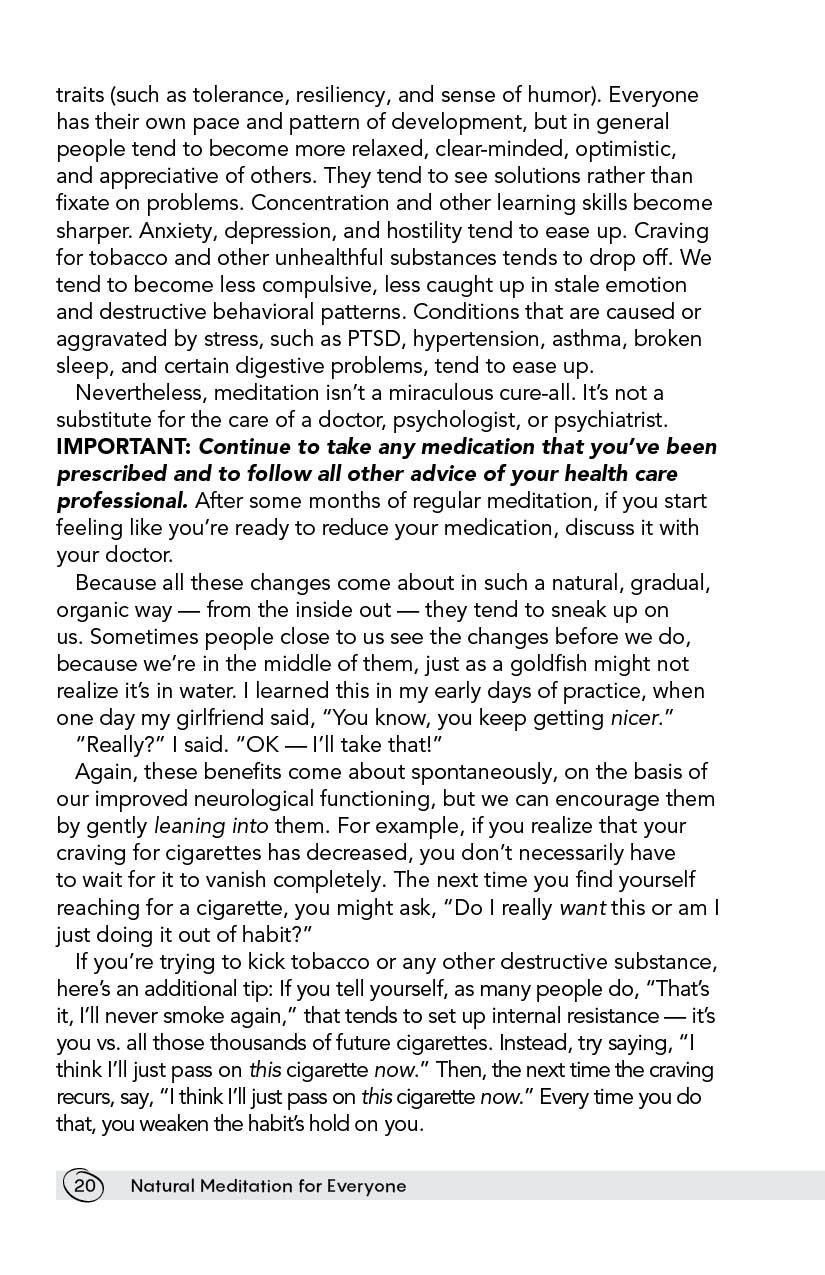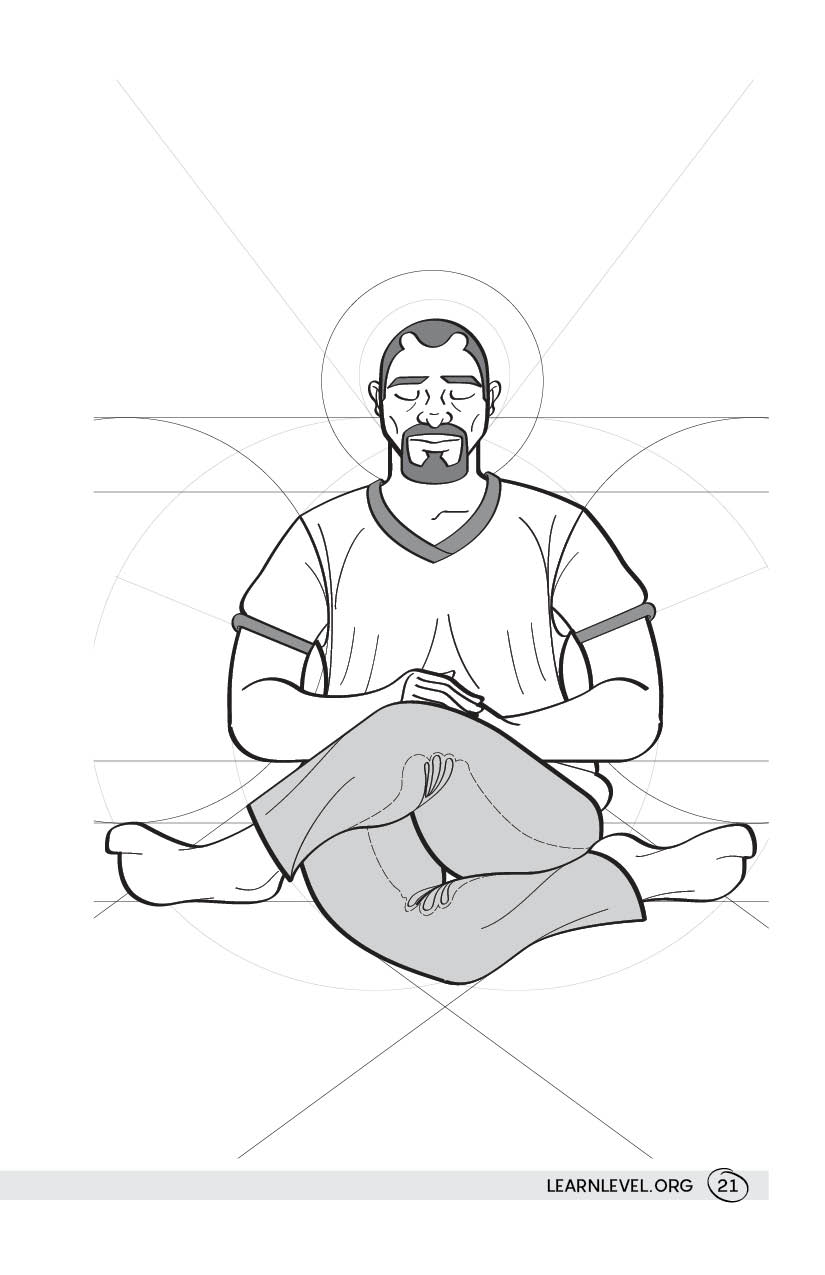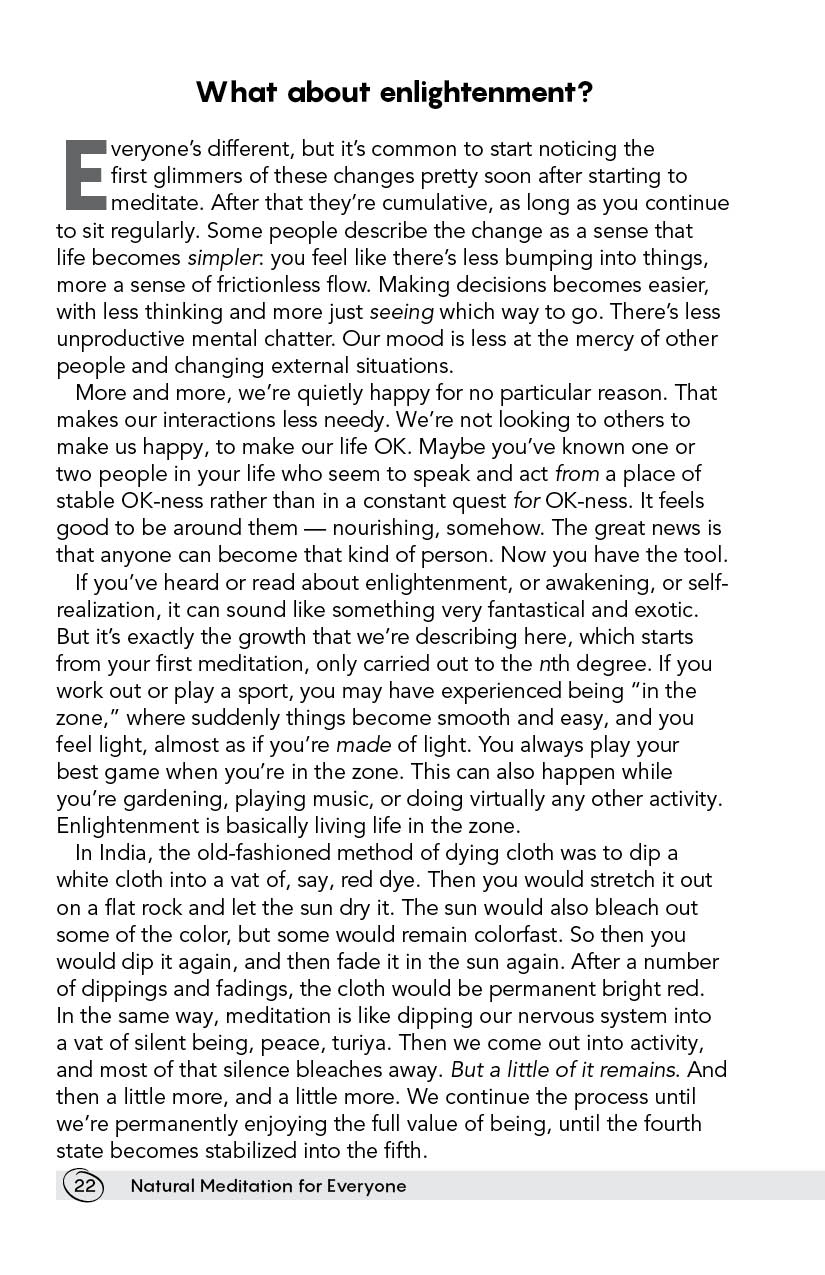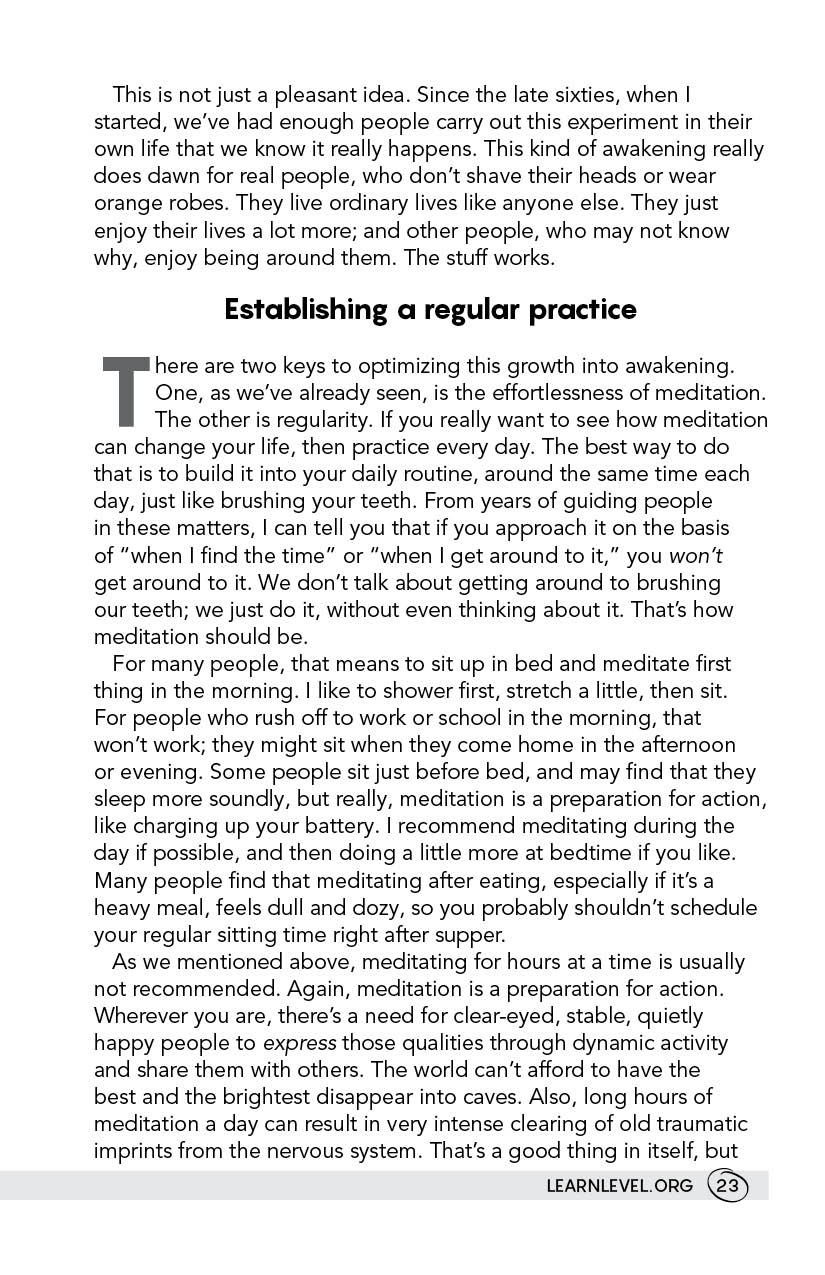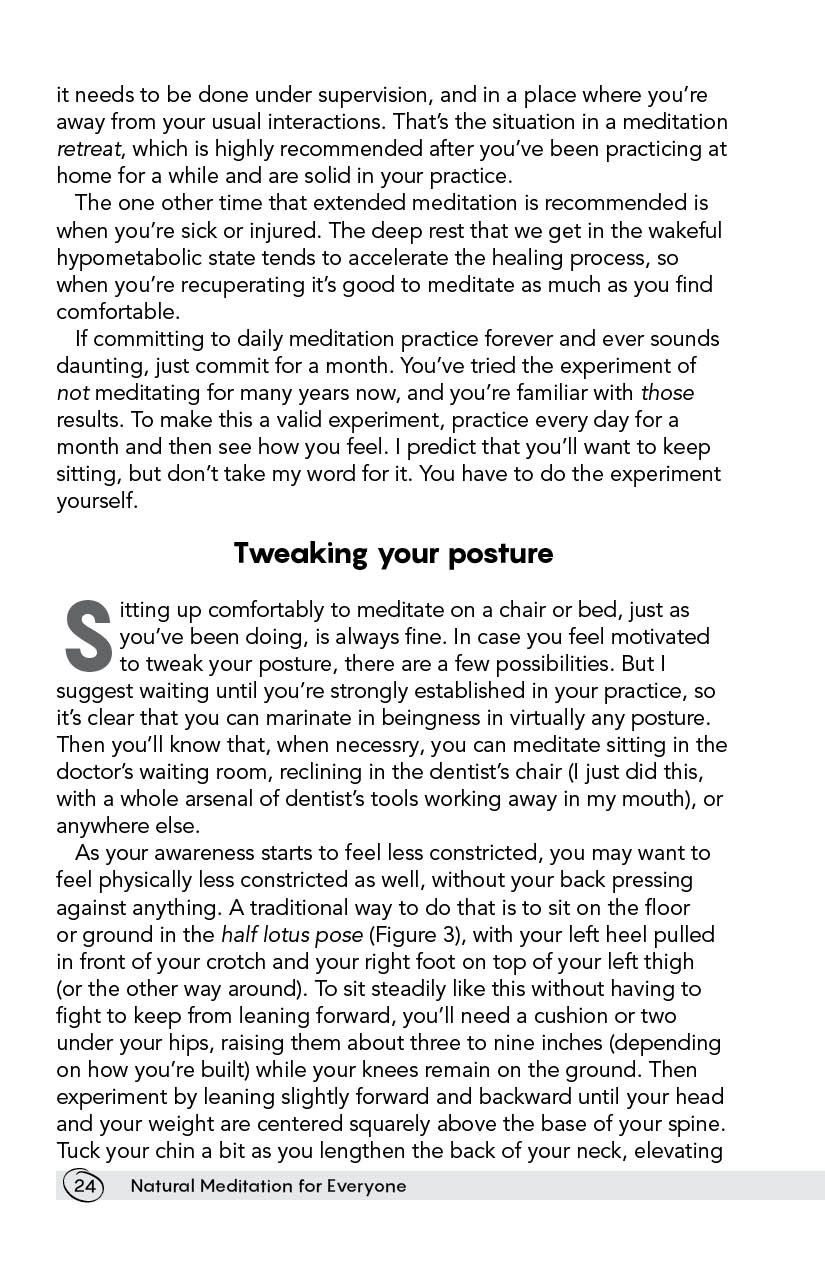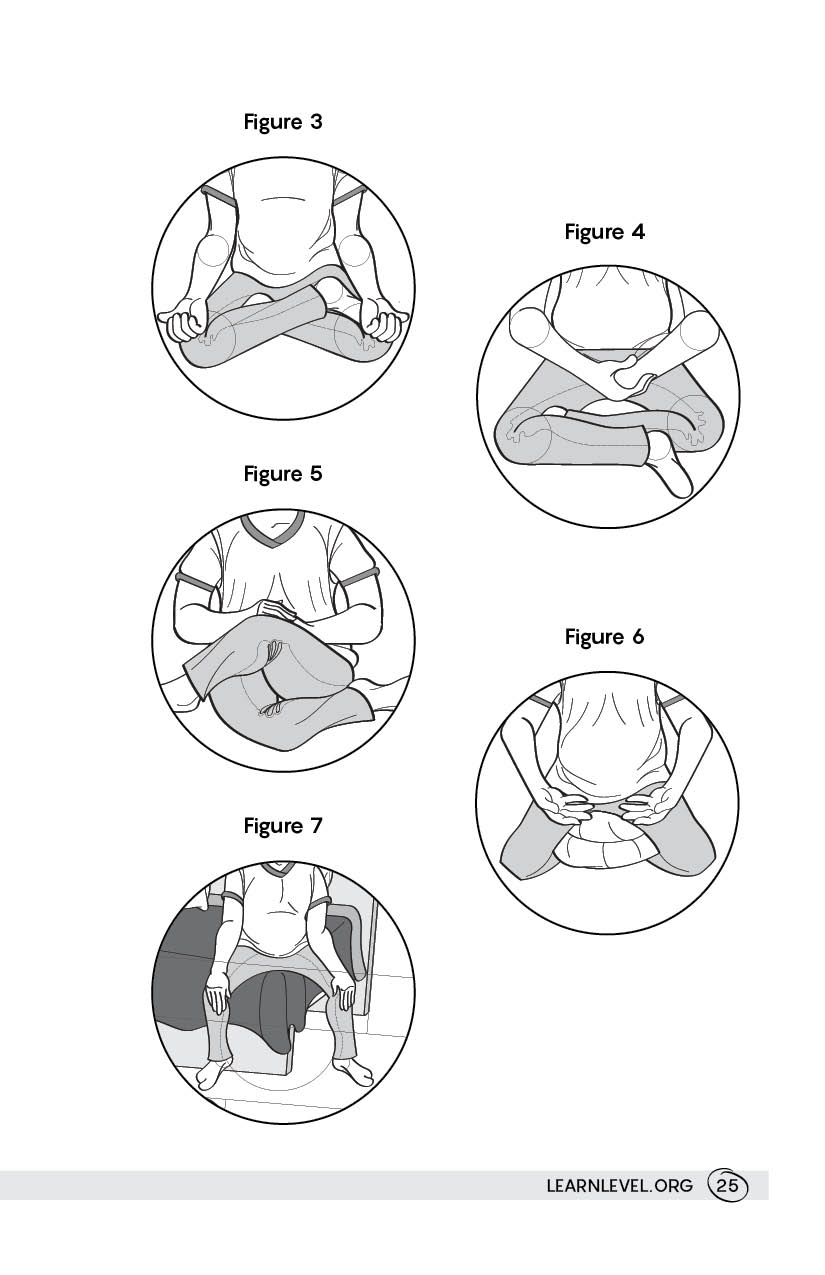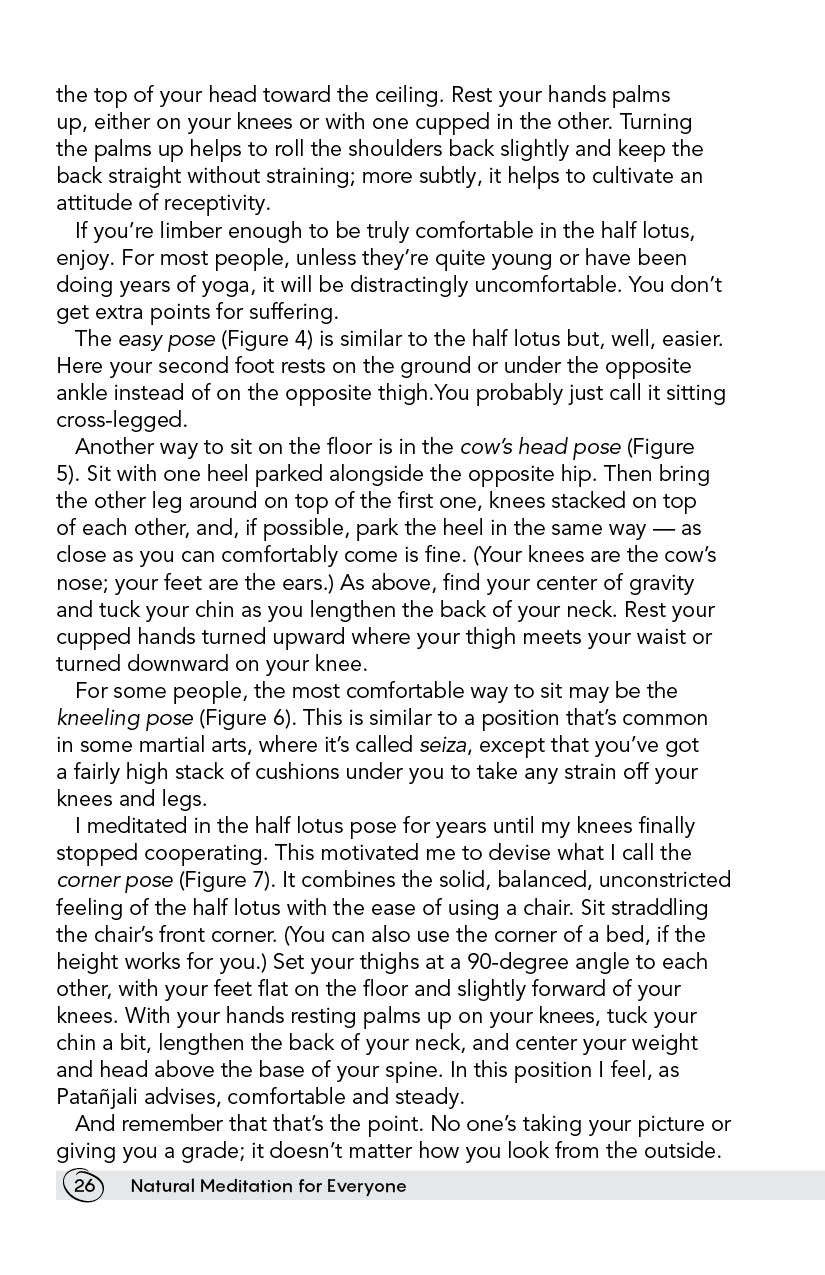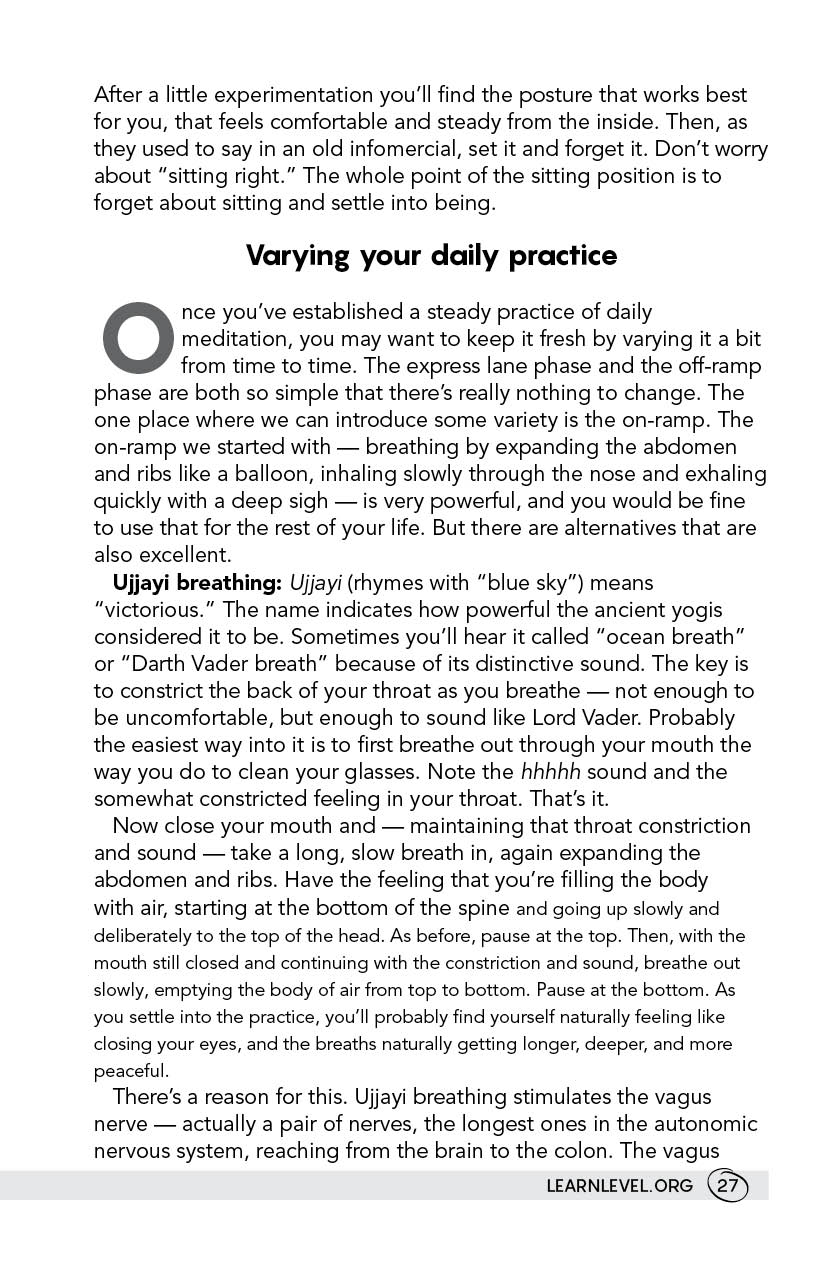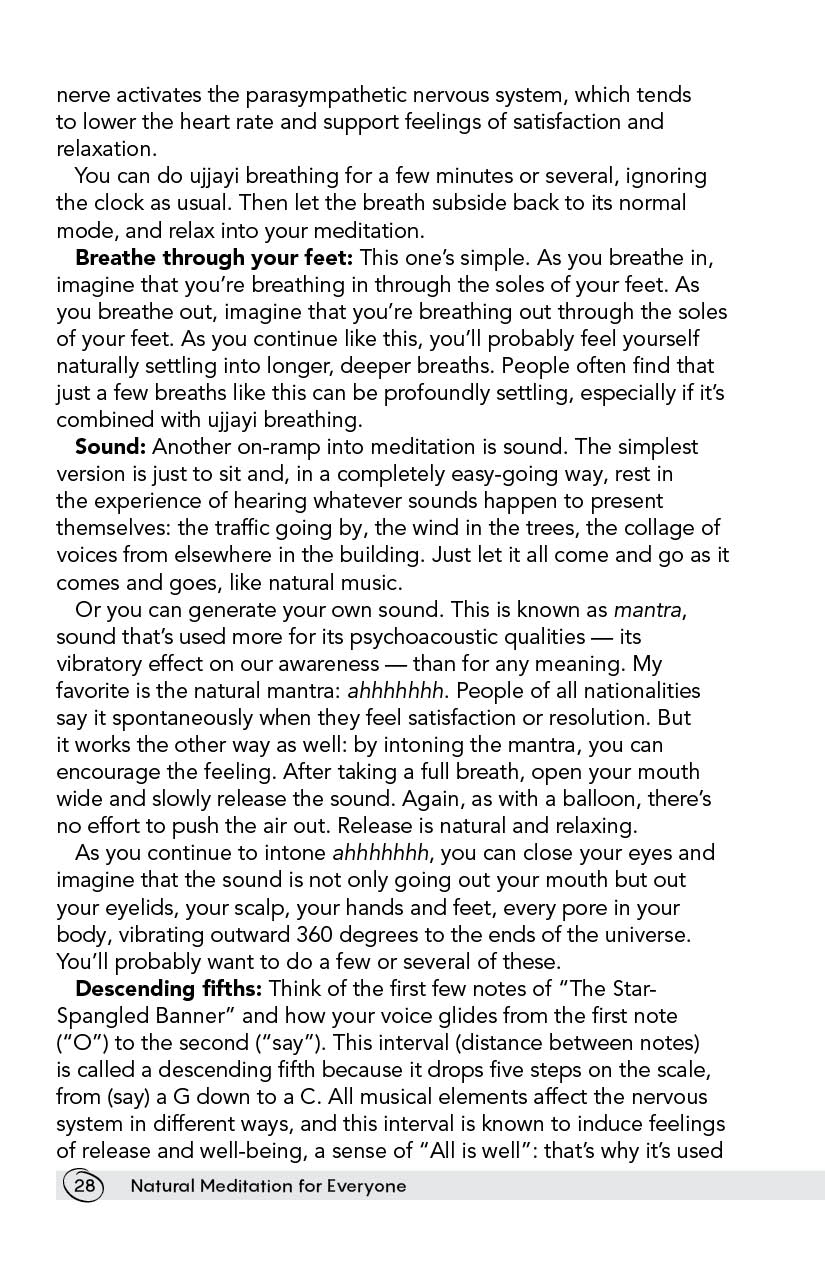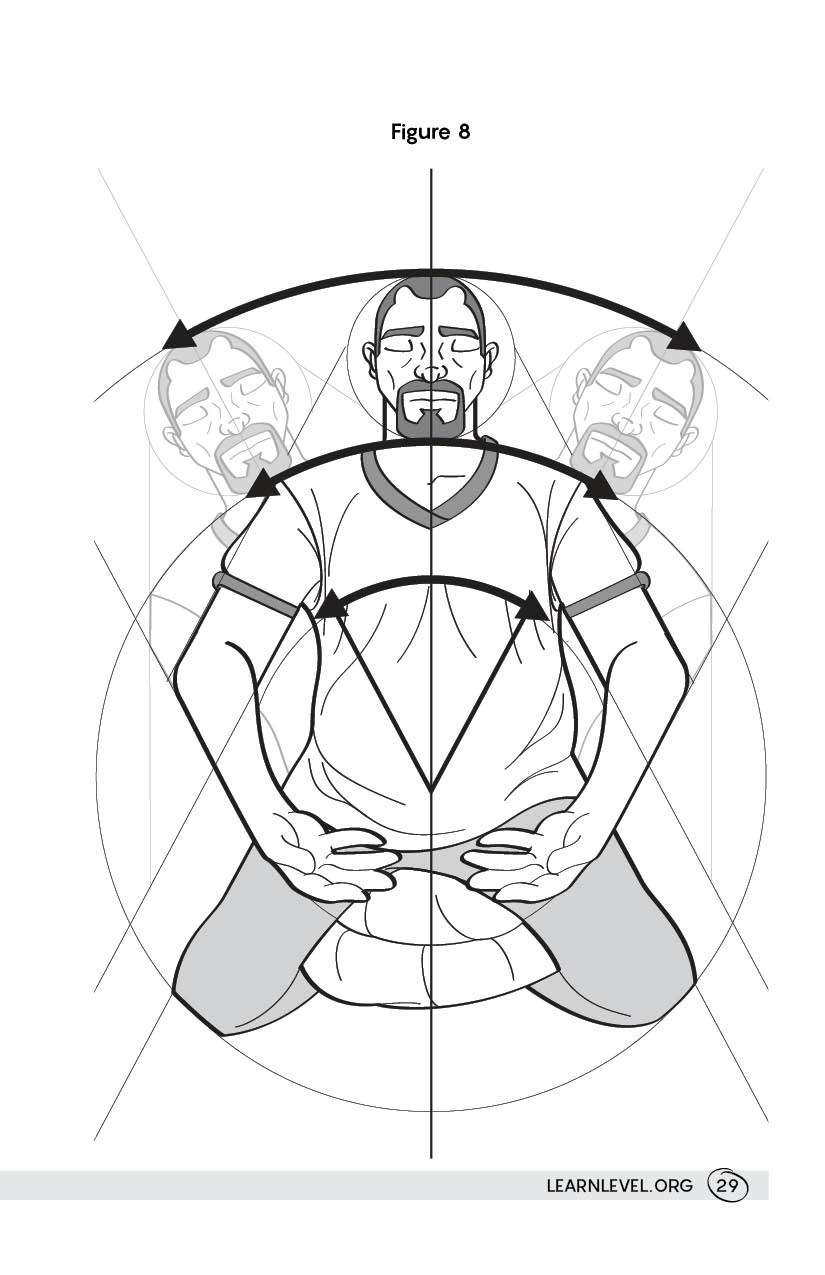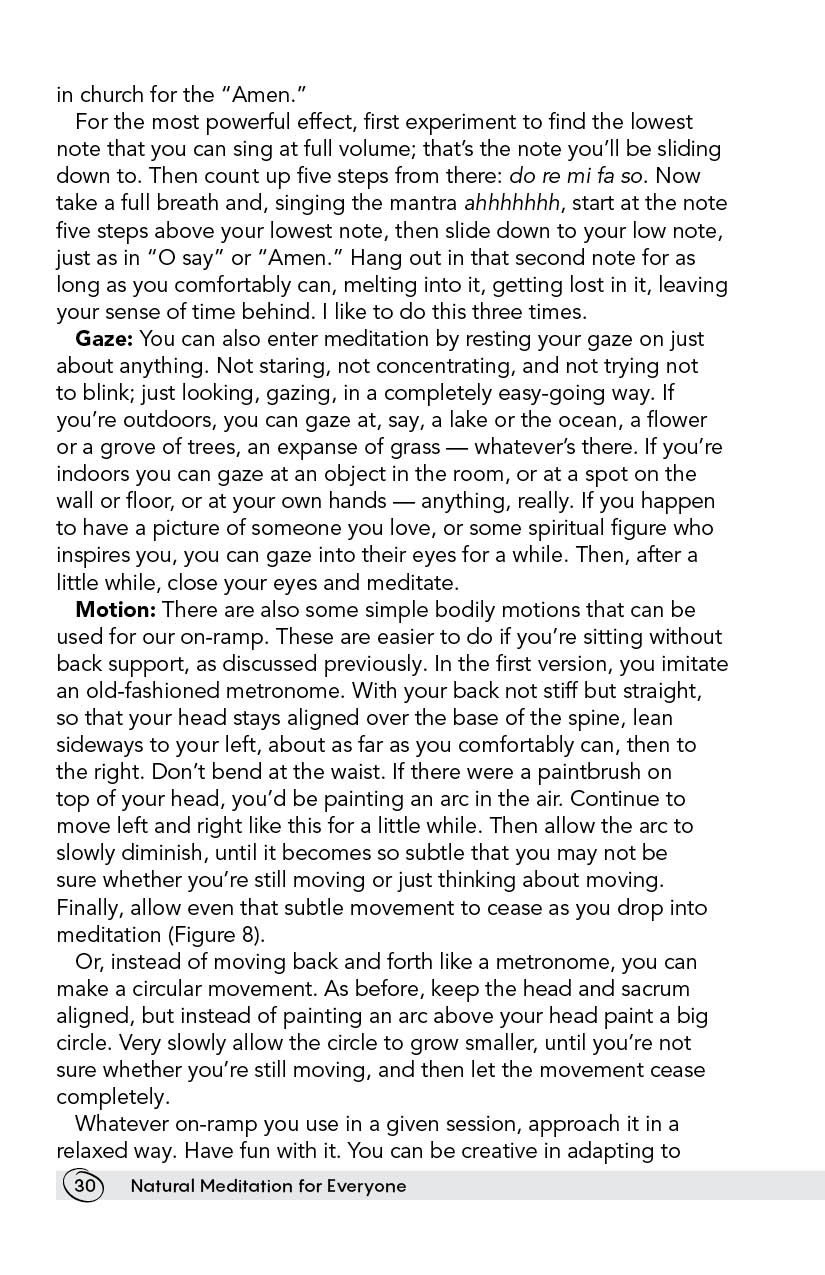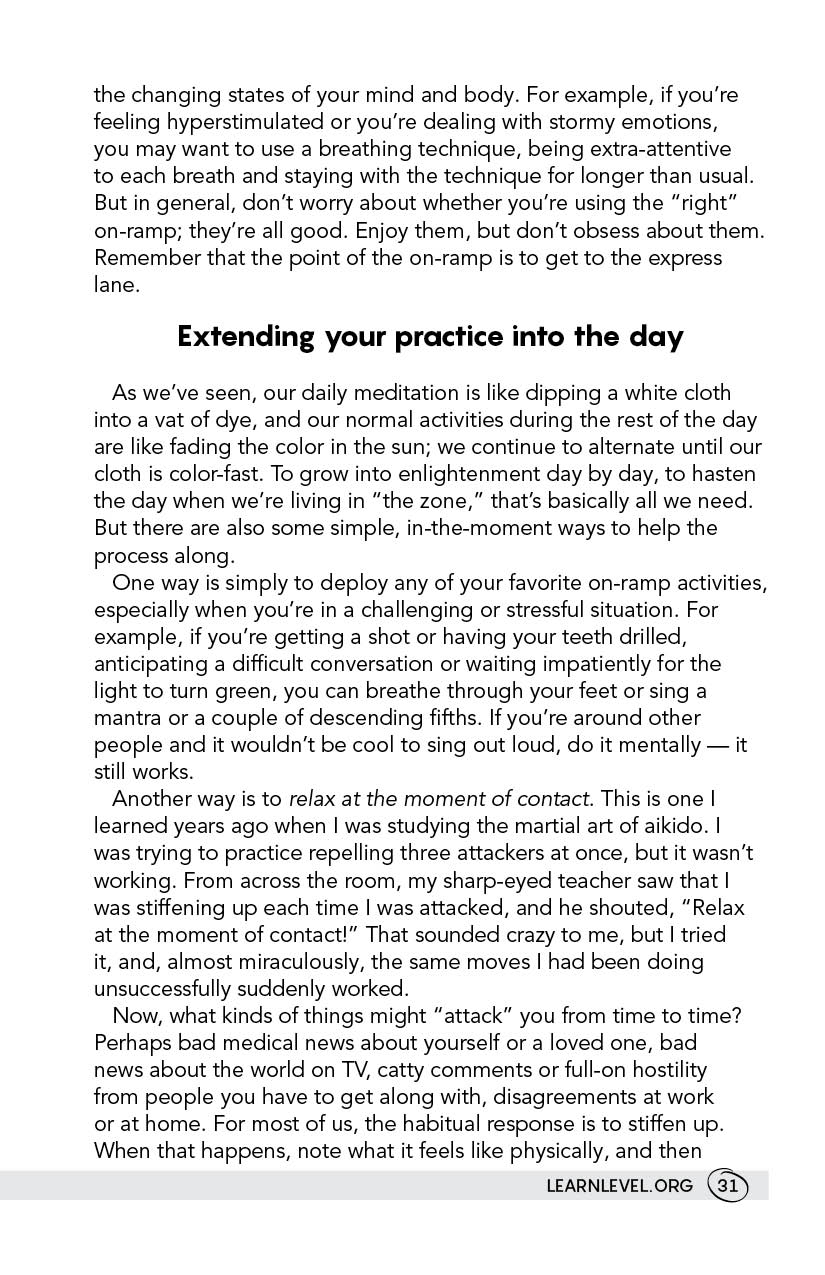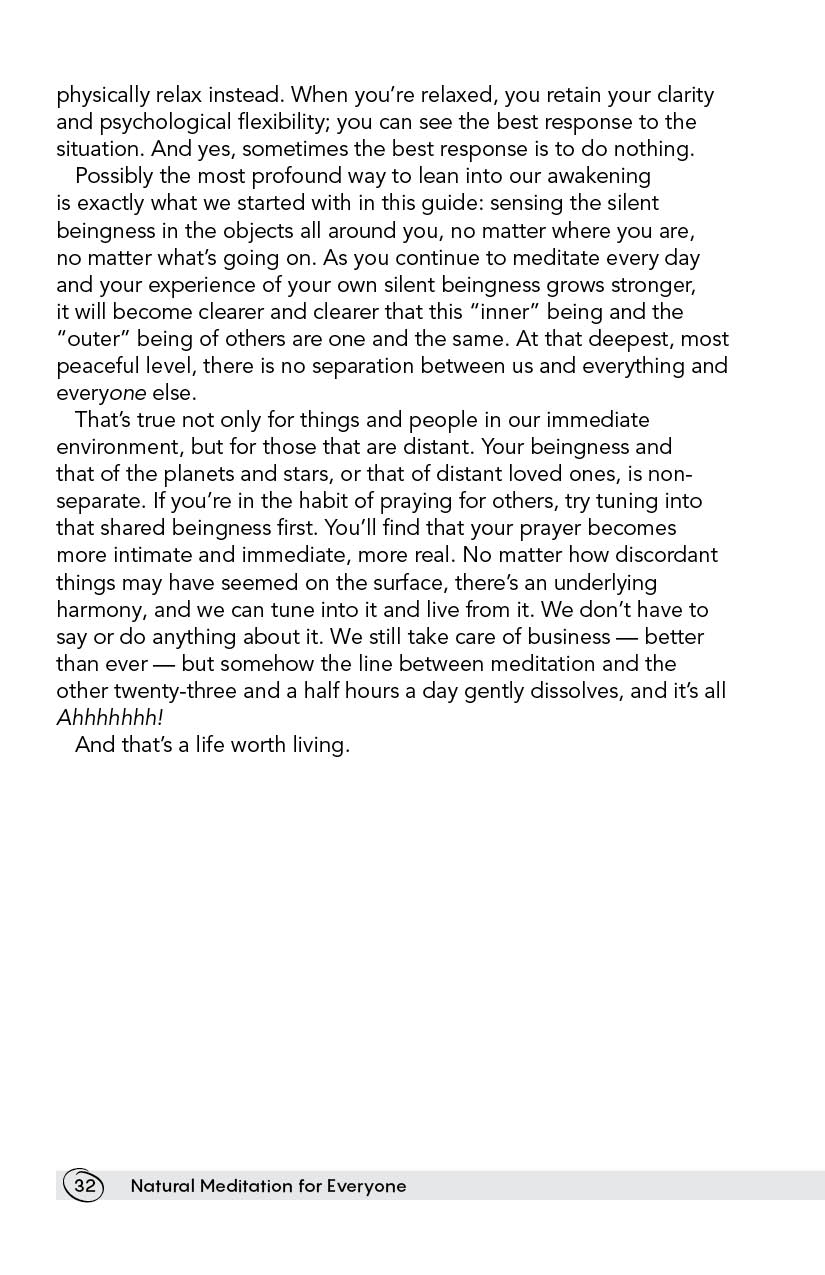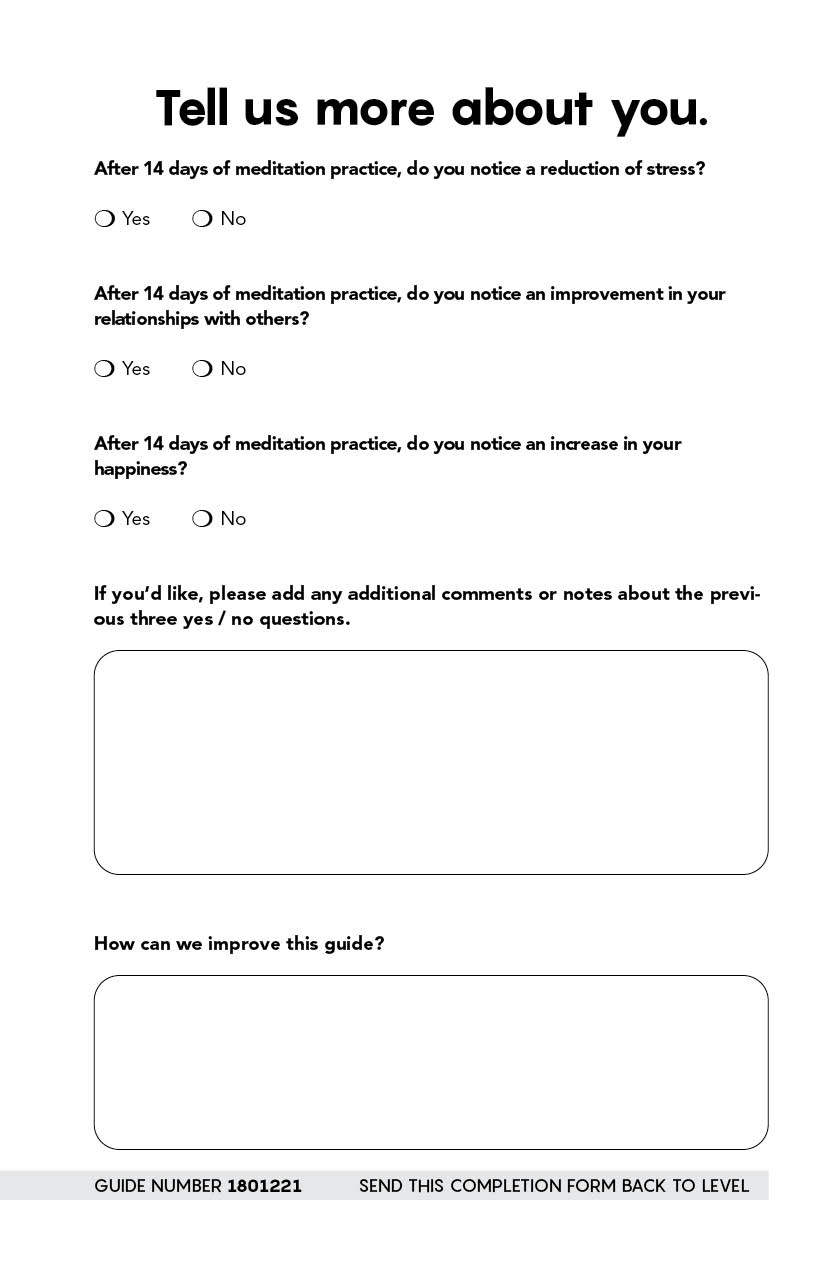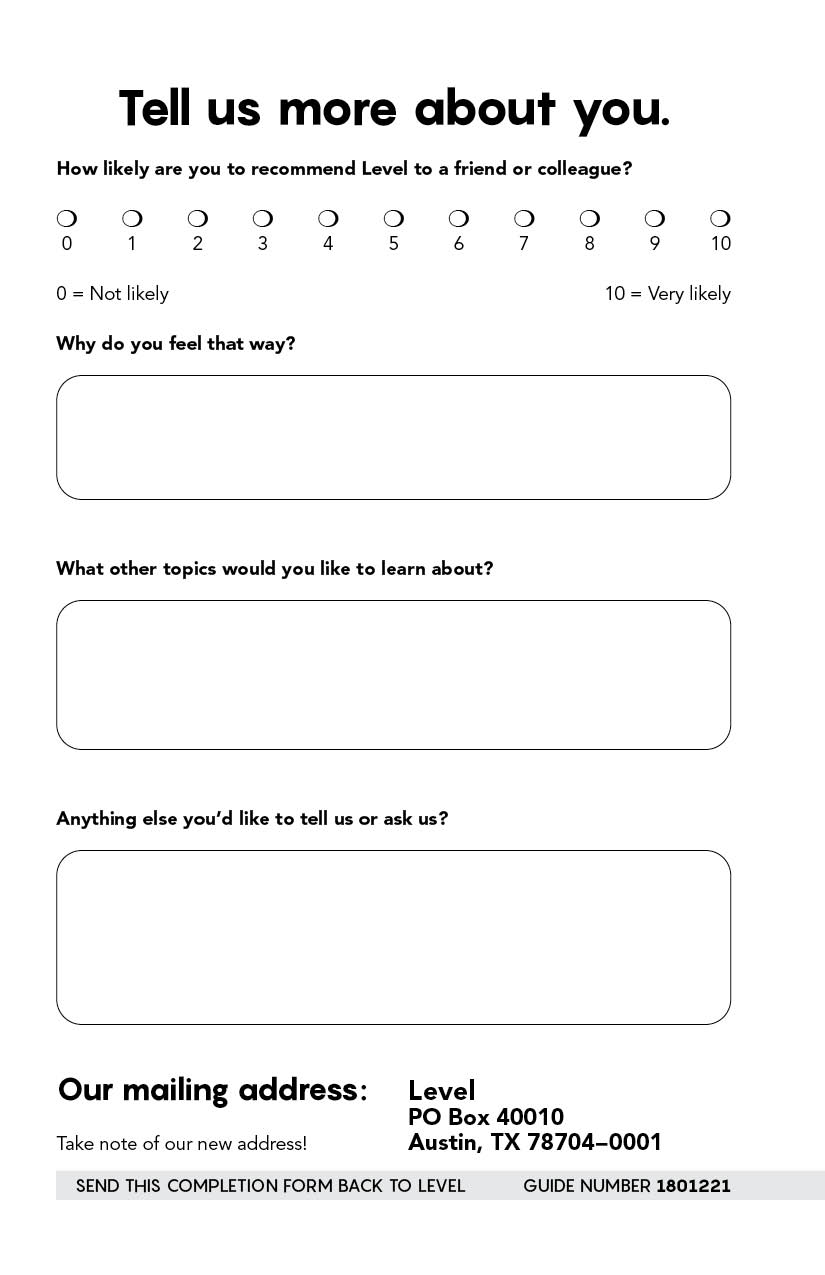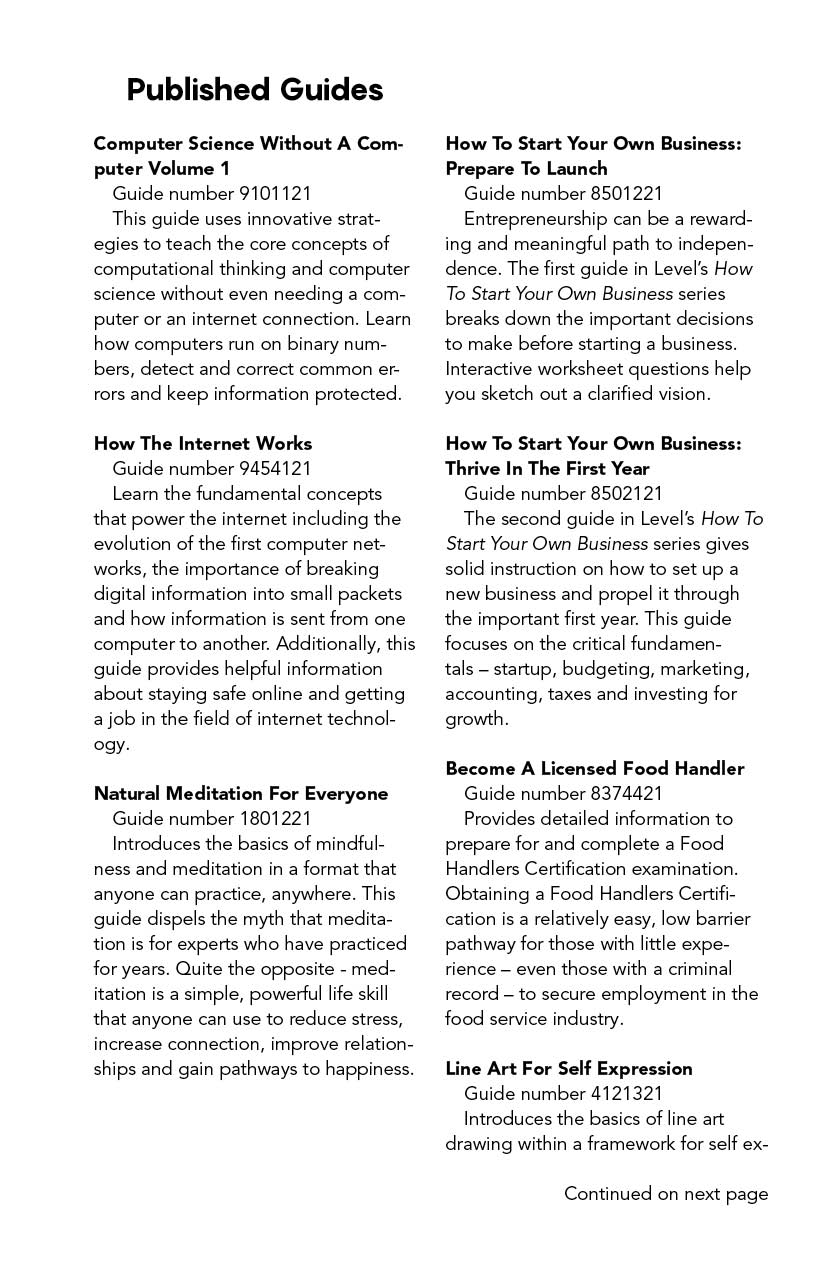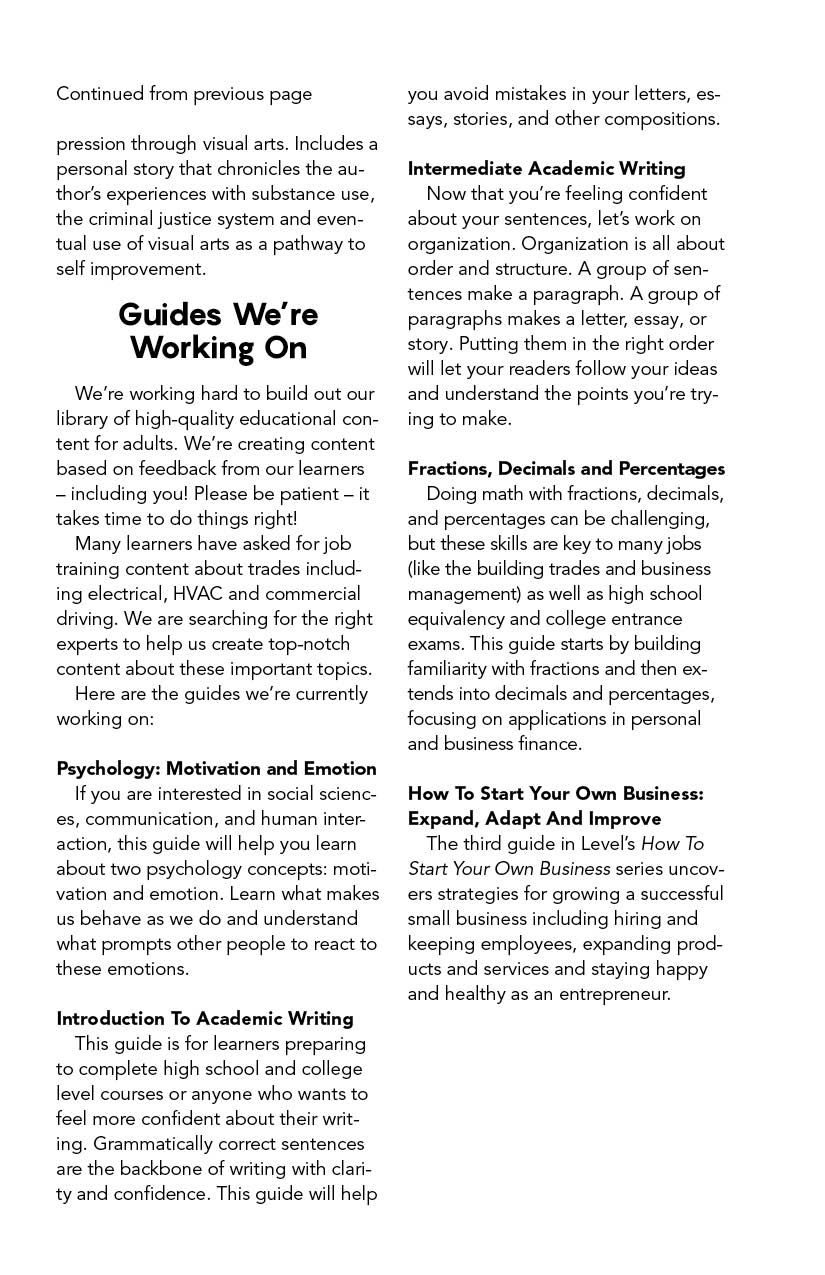I thought meditation wasn't for me. I can't seem to quiet my mind at all. It's nice to know I can do this. This guide explains meditation to where I can understand it. It doesn't make it sound real difficult. I can see me using it all the time. I like Level - it lets the person work at their own pace.
Natural Meditation For Everyone
Natural Meditation For Everyone introduces the basics of mindfulness and meditation in a format that anyone can practice, anywhere. This guide dispels the myth that meditation is for experts who have practiced for years. Quite the opposite – meditation is a simple, powerful life skill that anyone can use to reduce stress, increase connection, improve relationships and gain pathways to happiness.
What they'll learn:
- Learn that meditation can be practiced by anyone who follows any (or no) religion
- Understand practical ways to begin a meditation session
- Understand what happens during meditation and how to apply elements of meditation to daily life and personal interactions
- Learn how meditation may be used to reduce stress and improve relationship with yourself and others around you
- Know what to look out for if and when meditation processes trauma
- Learn best practices for establishing a regular, daily meditation practice
Guide includes:
Schedule
Self-guided - learners complete at their own paceGuide length
40 pagesTime to complete
~10 hoursWhat is Level?
Level is a popular prison education program that offers career training and personal development. Level has a unique approach that can reach nearly any person at any prison, even those in high security or solitary confinement. 6,207 people in prison have spent 82,250 hours using the Level program inside 1,010 prisons across the country.
Testimonials for this guide:
- Vicki, incarcerated in Nevada
This meditation guide was very helpful! I have struggled in the past to learn "traditional" meditation techniques. This helped me to learn that there was another way. I've used this guide daily and the practice has helped me immensely with my anxieties. I have already recommended it to several people.
- Michael, incarcerated in Colorado
This guide has opened my mind to meditation. I believe it's a tool I will use for the rest of my life to enhance the quality of my life. I now understand why meditation is so beneficial. I also understand how to do it in a productive way. I believe meditation will have a profound impact on my life in a beautiful way.
- Jacob, in prison in Kansas
